by Kevin Raber
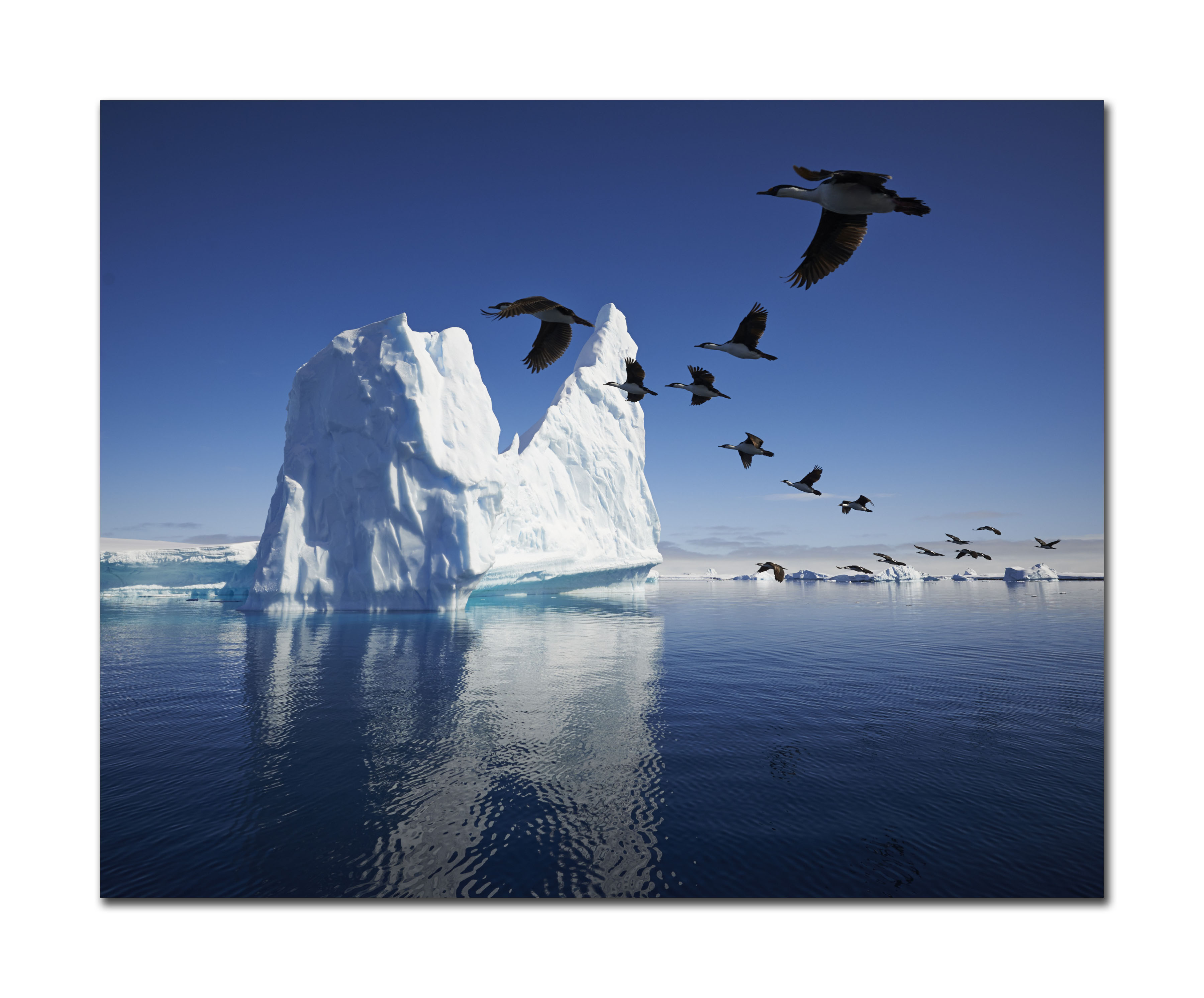
Iceberg and Birds, Nikon D800, 12-24mm Zoom
There is something about Antarctica that continually attracts me to visit. This is my fourth visit to the Antarctica peninsula. I am here without any pre-conceptions of what to expect because I have learned that in Antarctica you need to expect the unexpected. Yes there is ice, icebergs, snow, birds, penguins, whales and a lot more wildlife. There will be sun, clouds, snow and wind. Throw in some rough seas and you have the start of an adventure. The thing about Antarctica is it continually delivers the unexpected. Always has and always will.
This is my last “Cross the Drake Antarctica” trip for a few years. The workshops we are offering through Luminous Landscape are “fly over the Drake”. The Drake can be fun, if you like 20-40 foot seas and a boat that is pitching and rocking up to and sometimes exceeding 30 degrees. Two days of constant motion make even the simplest tasks difficult. You learn to brush your teeth and shave with one hand holding onto a rail for dear life while the other hand handles the tasks at hand. Walking from deck to deck and even enjoying a meal can hold surprising moments. I have been on one Drake Passage where I have seen the breakfast buffet table rise up in the air and come down on the floor as we hit a giant wave. I am not bothered by seasickness (luckily) so I kind of like the excitement of the Drake, but doing a flyover in January 2014 and 2015 will allow me to get right into the heart of what we come to Antarctica for, picture taking.
A Drake crossing starts in Ushuaia, Argentina. This is furthest most southern city in the world. It’s kind of an unusual town and has a unique charm. I arrive a day early just to make sure I have no chance of cancelled flights and lost luggage. Like each time, the journey to Ushuaia was uneventful but lengthy at 27 hours from Indianapolis. It involved a flight from Indy to Miami and Miami to Buenos Aires and Buenos Aires to Ushuaia. I left on Wednesday evening and arrived in Ushuaia around 7:30 PM on Thursday. On this trip I stayed at Hosteria Rosa de los Vientos Hotel. There you will find small, functional, comfortable rooms with a really friendly staff. I took the opportunity to roam the city and take pictures. There was an excellent restaurant a block form the hotel and I enjoyed two wonderful meals there with some of the other folks traveling to Antarctica. We also took a cruise on the Beagle Channel and photographed South American Sea Lions.
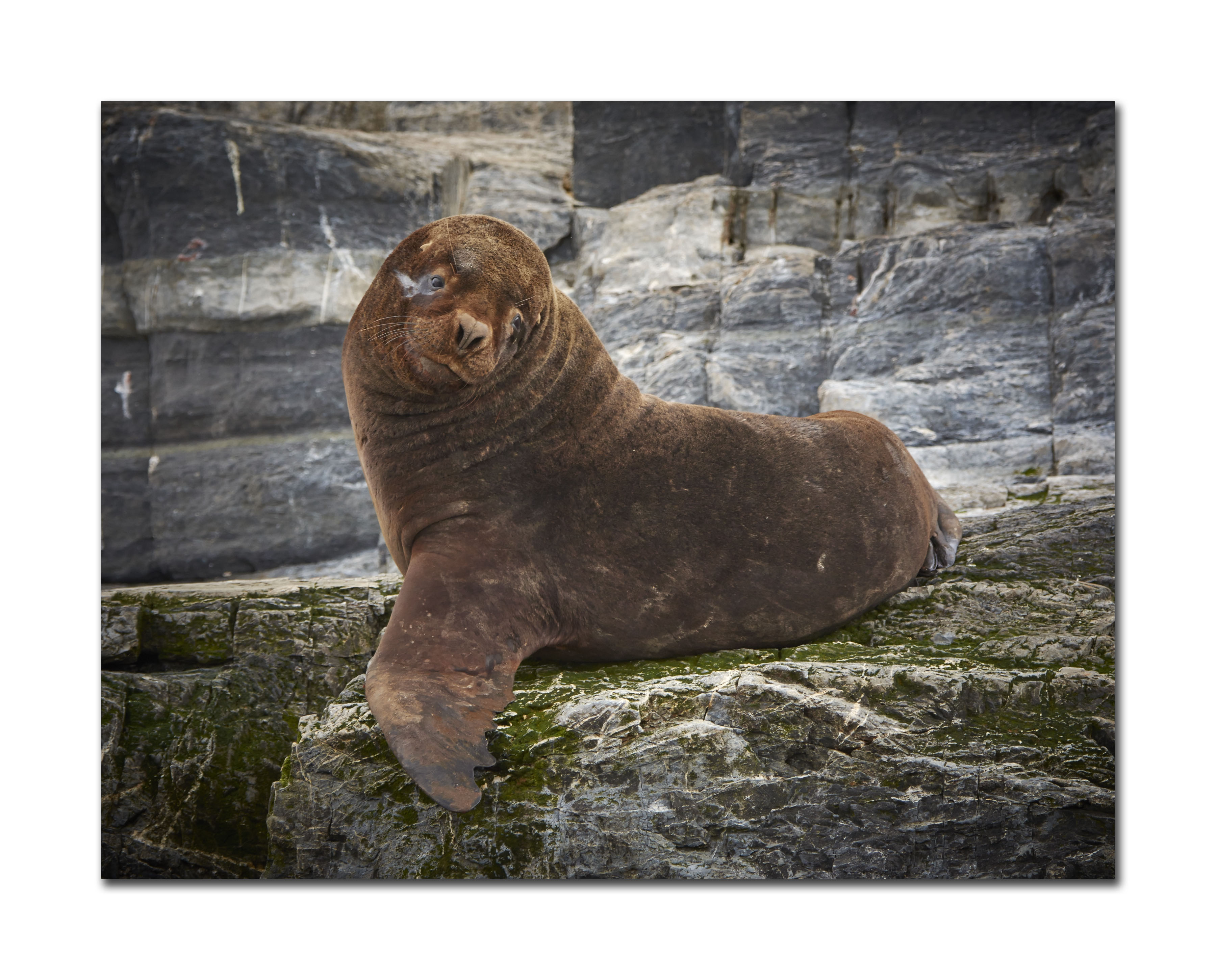
South American Sea Lion
South American Sea Lions, Mating Ritual
This trip was organized by my friends Joshua Holko and Daniel Bergmann. I have worked with Daniel onPODAS workshops in the past. Daniel is one of the best nature and landscape photographers I know and he is from Iceland. Joshua Holko is an Australian. I don’t hold that against him and he is one of the up and coming organizers of fine photo workshops. I have worked with Josh before and he is a damn good photographer and a super nice guy. The Expedition Operator is Aurora Expeditions and the ship is Polar Pioneer. I am along on this trip as one of my last Phase One duties. I brought Phase One systems that the attendees on this workshop can borrow and use. In addition I’ll most likely do two lectures.
I’ll write this article as a running log of the trip. I’ll share some of my photographs and will link back to a larger gallery on my blog.
Saturday, November 9, 2013
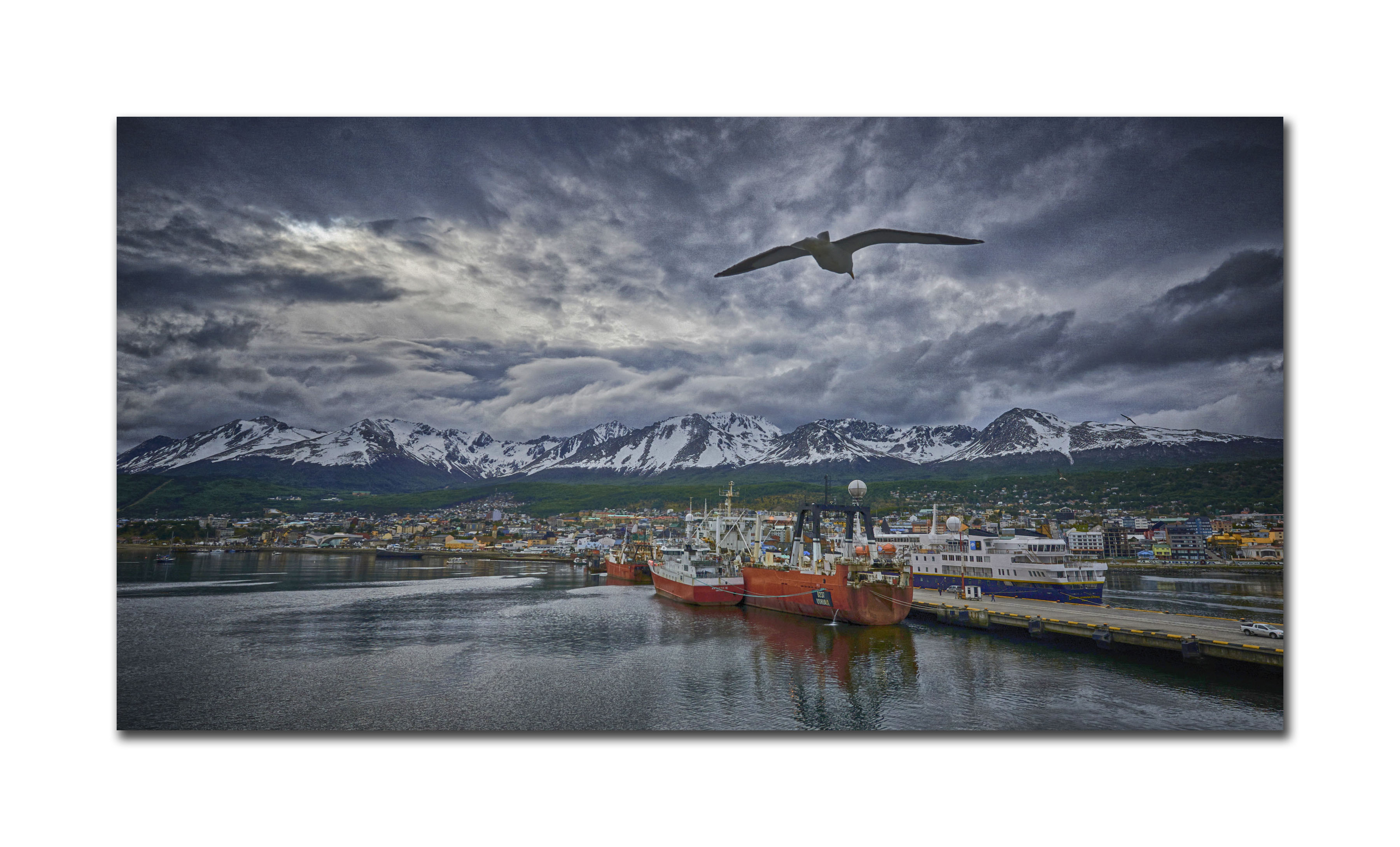 We Depart Ushuaia On The Polar Explorer
We Depart Ushuaia On The Polar Explorer
16:00 – After a day and a half of having some fun in Ushuaia and doing some street photography we are finally allowed to embark onto the Polar Pioneer. This is a small ship but very capable and I have sailed on its sister ships 2 other times. This is a true expedition boat. Not luxurious by any means. However, it is comfortable, clean and capable. I have chosen the cabin I have had in the past, which is close to the back door on Deck 5. This location allows me quick exits when photo opportunities arrive.
Very quickly we are thrown into ship life, with a briefing on the boat and introductions of the expedition leaders. The expedition team is mainly Australian with a Norwegian, Argentinean and Tasmanian thrown in to round things out. These folks handle getting us to the good places to photograph as well as drive the zodiacs (our landing craft) and each has a particular specialty in regards to Antarctica.
Within an hour of boarding we are having a lifeboat drill and we all pile into a lifeboat. I decided then and there this wasn’t for me. 30 plus people in a rowboat is pretty tight. Think Captain Phillips. As soon as the drill is done the lines are cast off and we’re underway down the Beagle Channel. This is the smooth part of the trip. A pleasant pasta dinner is served and we have the opportunity to meet our fellow passengers for the first time. Looks like a good group.
I have never been seasick in all my days of boat cruising. I consider myself lucky and I feel so sorry for those that suffer. As a preventive of any possibility I patch up. This is a small patch worn behind the ear that induces some kind of drug that is very effective at preventing and motion sickness problems. Side effect dry mouth and dry eyes. I can live with that vs. the alternative. The patch is available as Scopolamine and each patch is good for three days. This is highly recommended for a voyage across the Drake or any open ocean.
Then it’s off to an early retirement into the cabin where I organize my gear and clothing. By midnight we are in the Drake and the boat begins to rock and roll.
You can view the tracking of this expedition HERE
Sunday, November 10, 2013
 Birds photographed from the ship
Birds photographed from the ship
I am early riser. Tending not to need a lot of sleep, I grab my computer and coffee mug and set about writing and editing images taken so far. This will be a long day at sea. That is a day of pitching and rolling as we cross the roughest seas in the world. Our activities are pretty laid back. We had a lecture on Birds Of Antarctica and then yours truly presented a short program as an intro to the Phase One camera system. I brought a couple of systems on board so that those that are interested can try them.
Monday, November 11, 2013
The seas have calmed down a lot. This is the smoothest Drake Crossing I have made of my four crossings. We are still in the middle of no-where and we don’t expect to hit the Shetland Islands until late in the day. The sun is shining though and it’s invigorating to stand on the deck and take in the fresh air. Yesterday, because there was not much to do I spent a bit of time on the stern deck with some of my fellow photographers photographing the birds that are chasing the ship. There are hundreds of the birds and they come swooping in skimming the wave tops and then they bank away. Shooting the birds at the speeds they are flying and getting them in focus is a challenge. I am happy to say that I have some nice bird shots now. My camera of choice for this is the Nikon 7100 with the 80-400mm lens.
Today I have some of my own photo assignments. I want to do some fisheye images and fisheye panos of the bridge and navigation areas. With a bit of luck I’ll convince the chief engineer to allow me to visit the engine room and shoot there too.
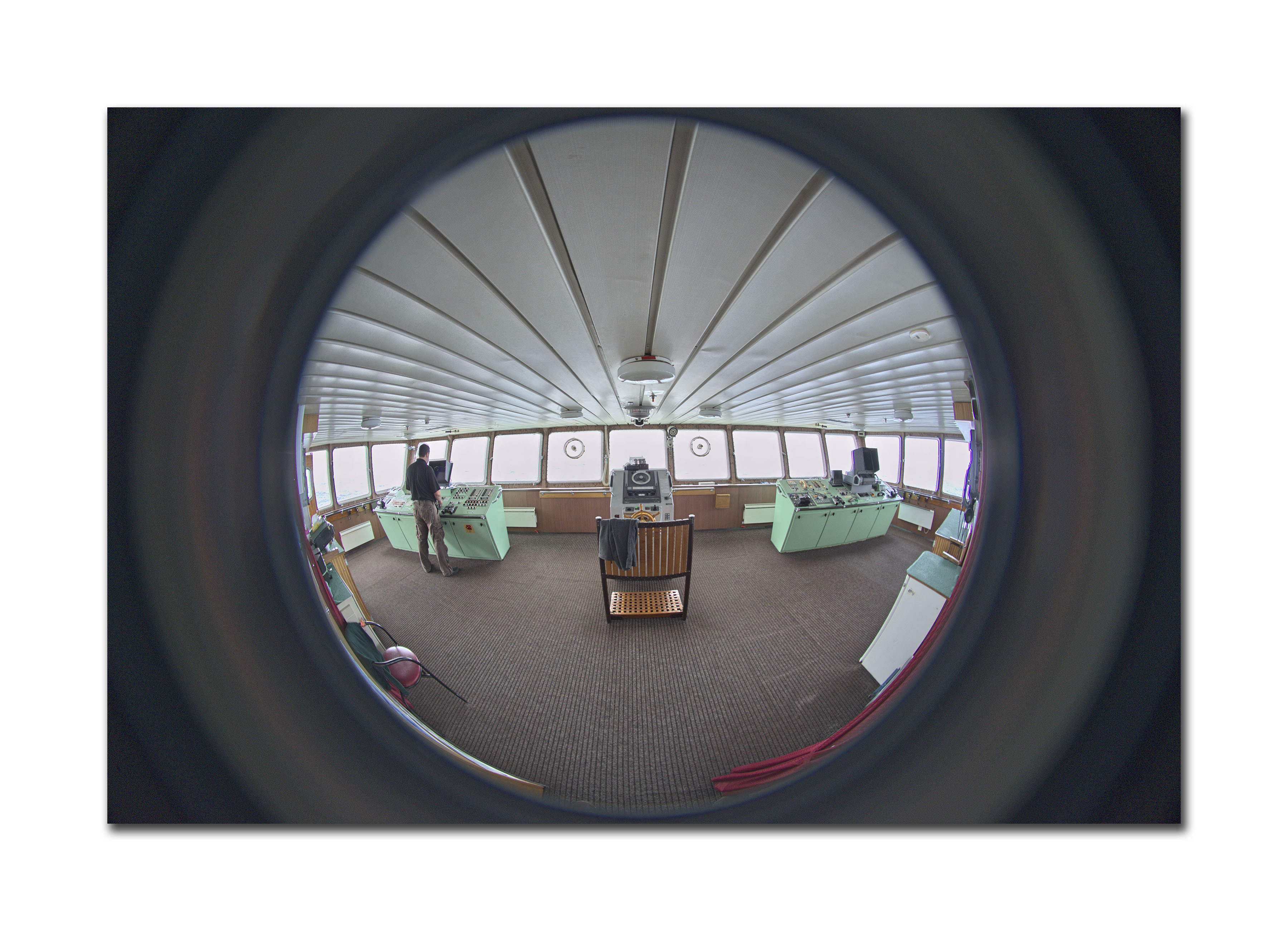
Fisheye Image At The Helm, 8.5mm Sigma on Nikon D800
Otherwise we have a few lectures to attend such as rules and regulations of visiting Antarctica, A zodiac briefing and a photo lecture. In between, is time to relax, read a book and get psyched up for the next 12 days of photographing in Antarctica.
Tuesday, November 12, 2013
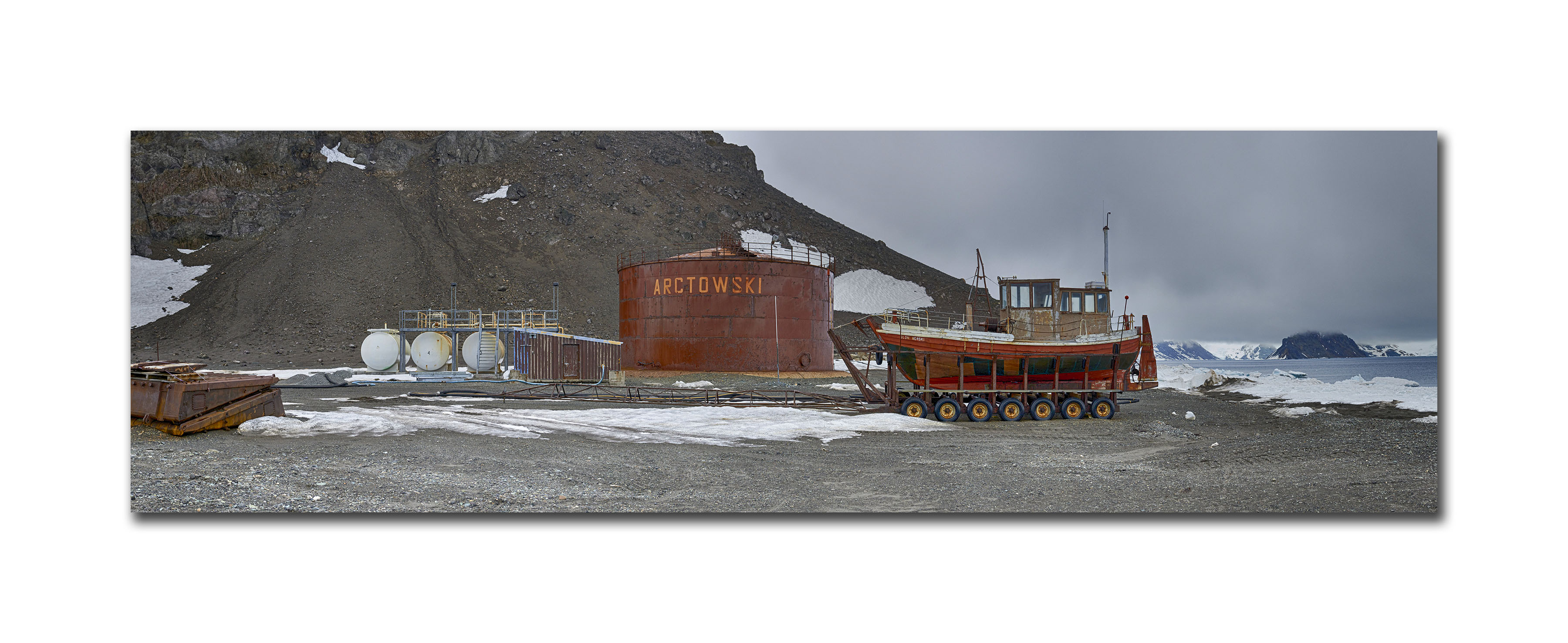
Artowsky Poland Research Station – Boat Beach
We have made it across the Drake and this trip it was the lake not the shake. I have crossed the Drake with weather so bad that the ship was rolling 30 + degrees. The waves were as high as the bridge. This time though it was a gentle and steady swell and we made it across without any drama. I was a bit disappointed, as I wanted to have a good story to tell for my last Drake Crossing for a while. We arrived at our first stop King George Island. There were 2 scientists onboard as well as supplies for the Artowsky Poland Research Station. This was our first chance to take the zodiacs ashore and have a walk about. I got the chance to make sure all my gear was working and that I could transport what was needed and work out of my F-Stop Backpack. I found a few interesting things to photograph and bought some tee-shirts from the base store. It wasn’t long before we were back on board and heading to Half Moon Island. We cruised most of the late morning and afternoon to reach our next stop. Along the way we spotted our first large icebergs.

Rusty Oil Tank, Artowsky Research Station
Ice Abstract Patterns
By the time we arrived at Half Moon Island the wind was blowing and it was snowing. Actually at home we would have called it a full force blizzard. Even with that we took the Zodiacs ashore and had a wonderful few hours photographing the penguins there. I have visited this location two other times and I have never seen it snow like I have on this trip. There was a four foot wall of snow right down to the waterline where there is usually a 70 foot stone beach.
Very Snowy and Windy landing at Half Moon Island
Apparently all this snow has also stressed out the penguins. From what we are hearing there has been a huge amount of snow over the winter here. So much for global warming. So, while it was snowing and blowing we photographed the penguins. It was quite the sight as it was mating season and we saw the process, the dance and the challenges. Fascinating to watch even while the snow was blowing full force. I have some of the best penguin pictures I have shot, from this 3-hour excursion.
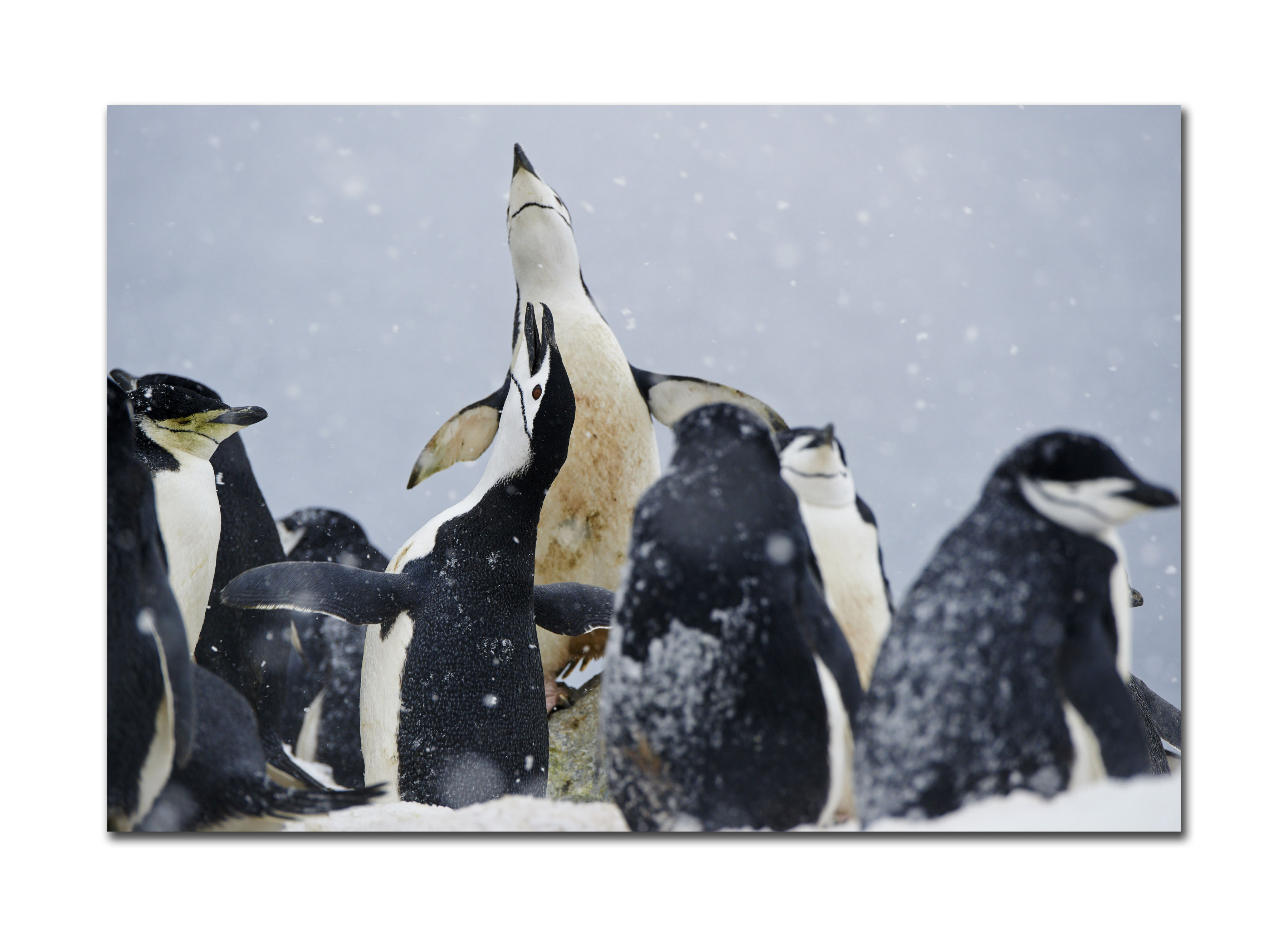 A Very Happy Penguin. Did I Mention It was Mating Season?
A Very Happy Penguin. Did I Mention It was Mating Season?
One of the things I was very worried about was the camera gear getting wet and malfunctioning. Luckily I had no issues. I followed good practices, and after returning back to the ship did not open my pack for several hours. This allowed the cameras inside to slowly return to room temperature. While I was not so concerned about outside moisture, I was concerned about condensation. After waiting the three hours I opened my pack and cleaned the gear and tested everything. So far, so good. I pulled my cards and downloaded into Capture One and began my editing.
I like to edit on the road. In Capture One I use sessions and every download goes into a sub-folder. When I get home I just drag the session folder to my larger computer and eventually I catalog the session folder. I even try to take my favorites and output them as JPEGs and prep them for final review. More on my workflow in another article.
Wednesday, November 13, 2013
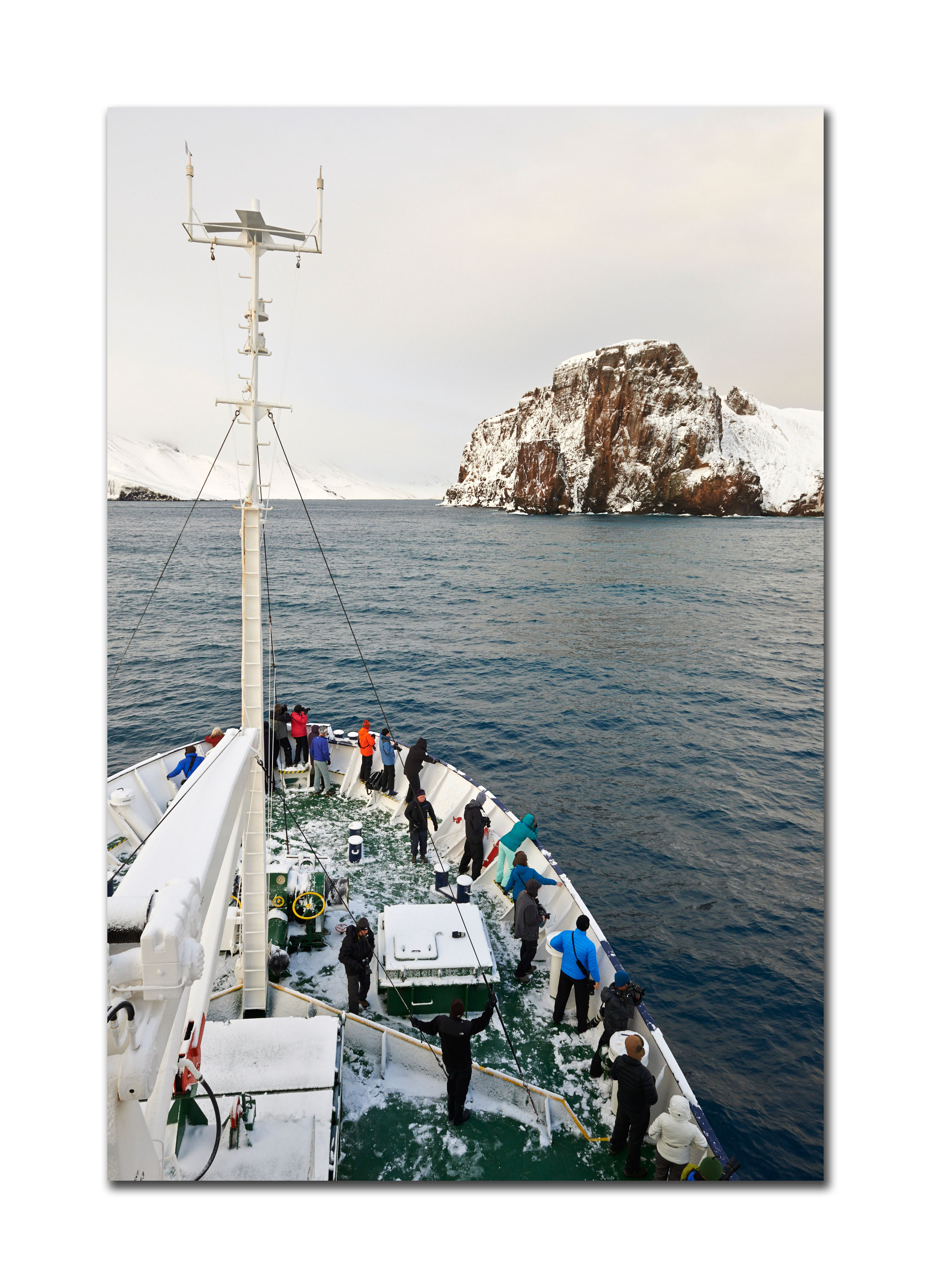
Sailing Into Deception Island. Notice The Snow Covered Decks
The wake up call came at 4:15 AM this morning as we cruised into Deception Island. This is one of my favorite locations in Antarctica. It’s a volcanic, round island and its center is filled with water.
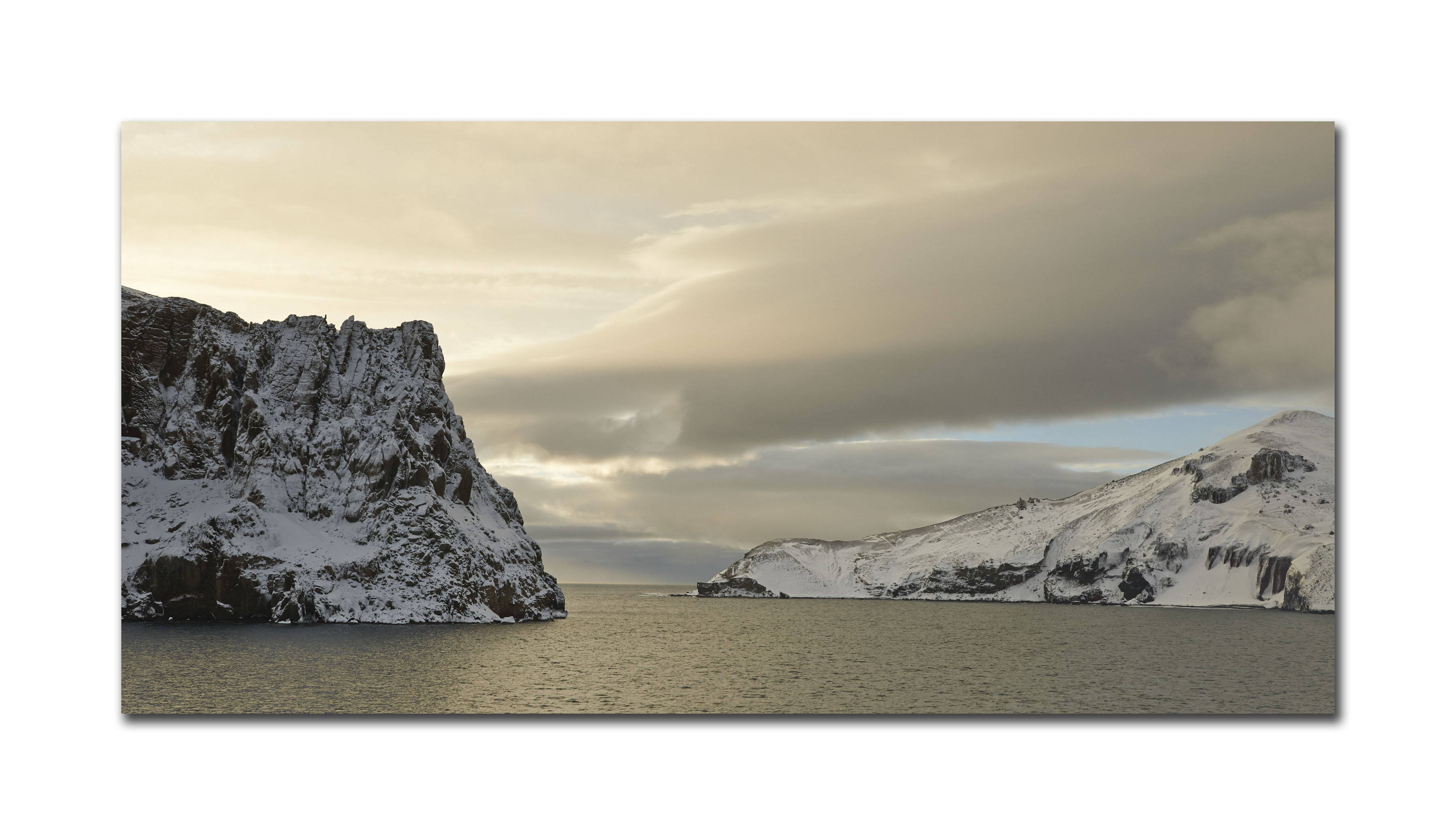
The Entrance To Deception Island At Sunrise
You must enter and exit through a very narrow channel, which is always is fun to experience entering and exiting. Upon our arrival we dropped anchor, had a 5AM breakfast and by 6AM we were headed to shore. On my past visits this location was pristine black sand and sunny skies. This time we had lots of blowing snow and many feet of snow on the island. I have never seen this place with snow so it was a lot of fun to photograph it in a new way. I am a rust aficionado and you can certainly get your fill of rust on Deception Island. Whalers Bay, where we landed, is the location of an old whale processing station with rusty old tanks and boilers that were used to process the whales that were caught here many years ago. There are stories and people talk about the whole bay being red from the blood of the slaughtered whales. Times were different then and it is interesting to visit a location like this to understand better what it was like back in the days when whaling was a major industry.
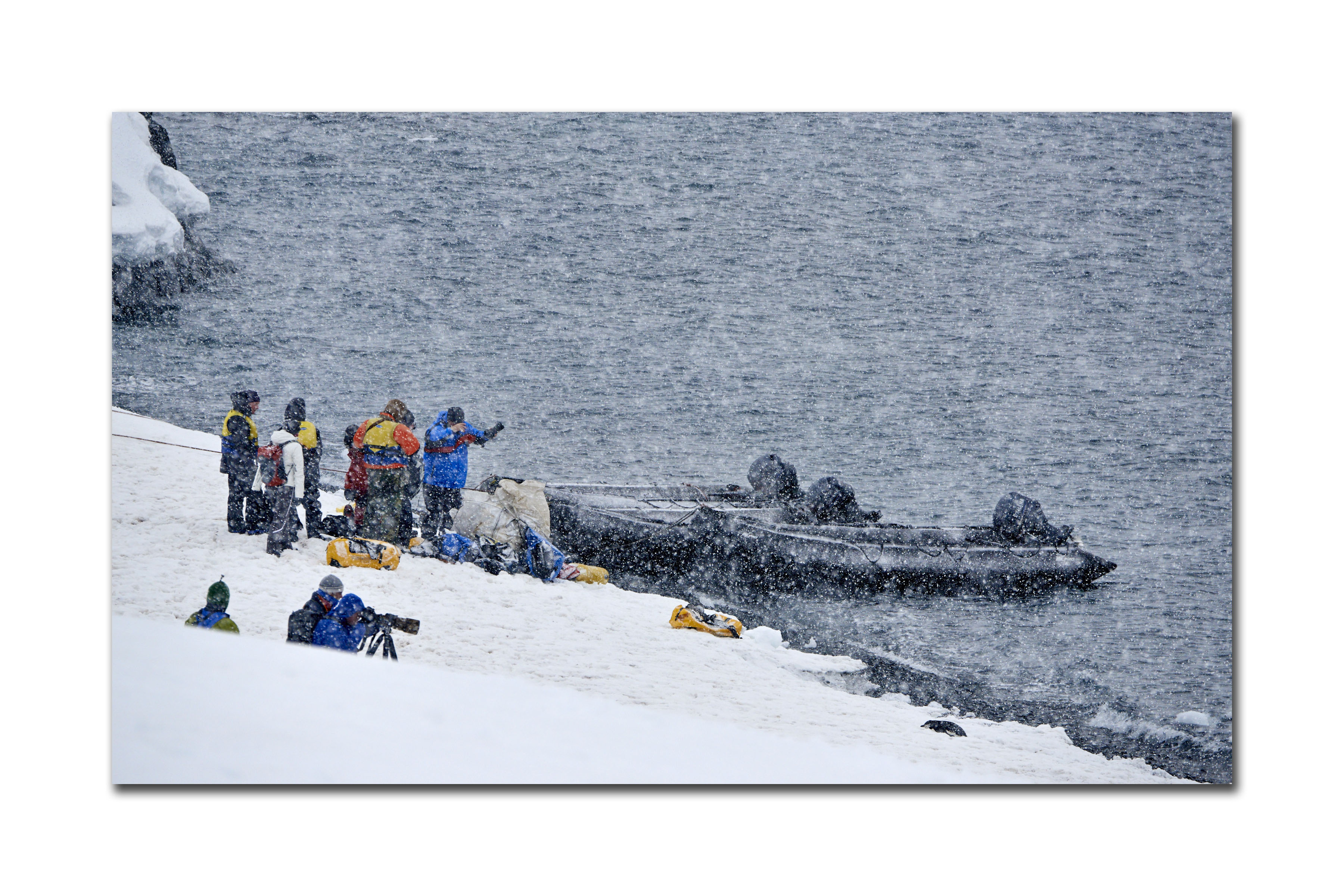 A Snowy Landing At Deception Island. Geo-Thermal Activity Keep The Beach Clear Of Accumulation
A Snowy Landing At Deception Island. Geo-Thermal Activity Keep The Beach Clear Of Accumulation
The morning was once again challenging for trying to keep moisture off the lenses and compensate for difficult exposures and focusing. I was very happy with my images. The visual impact from the mix of the fresh snow with the decaying rust was fascinating.
Abstract From Side Of Aircraft Hangar
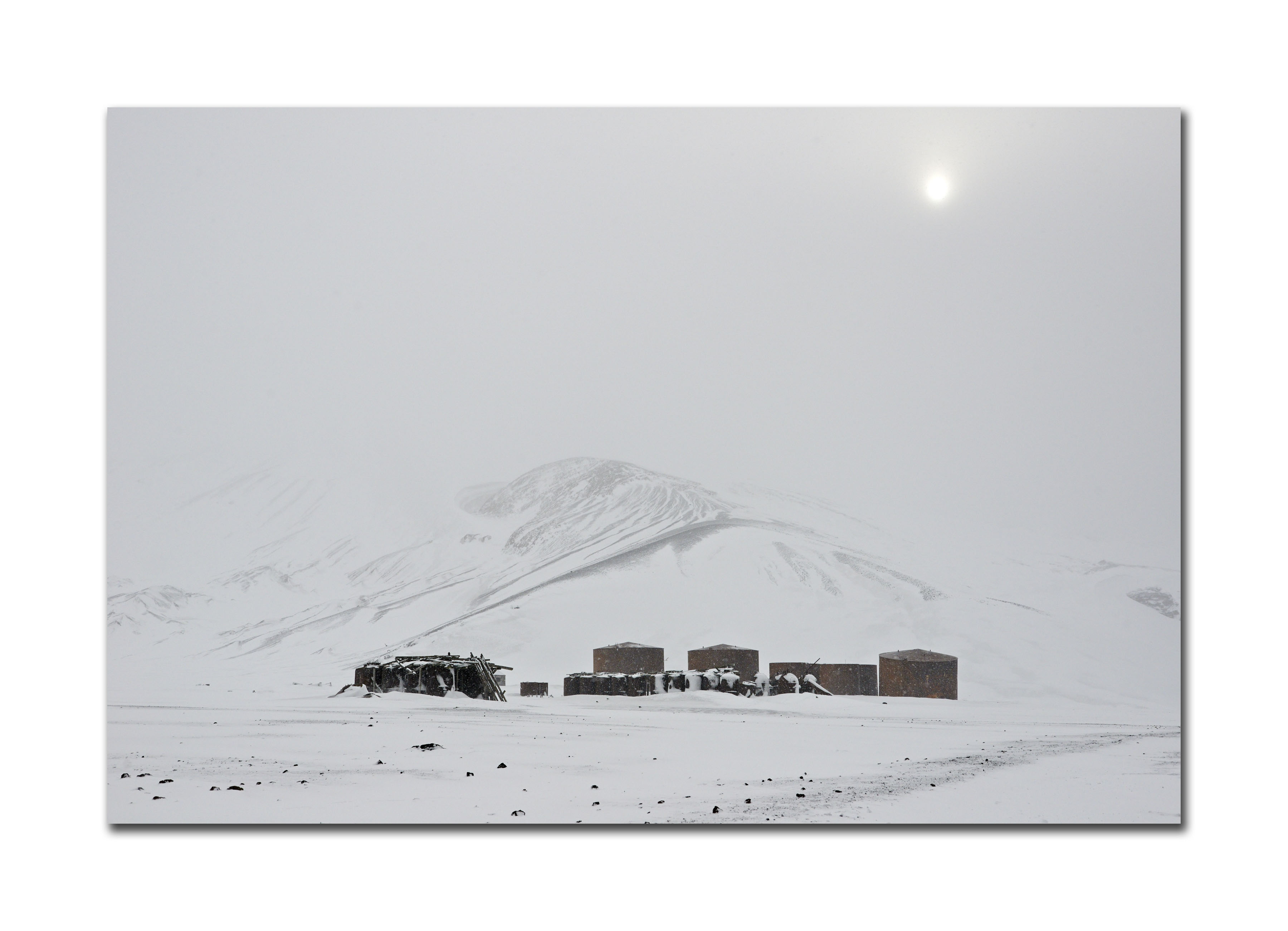 True Antarctic Bleak – The Sun Tries But Fails
True Antarctic Bleak – The Sun Tries But Fails
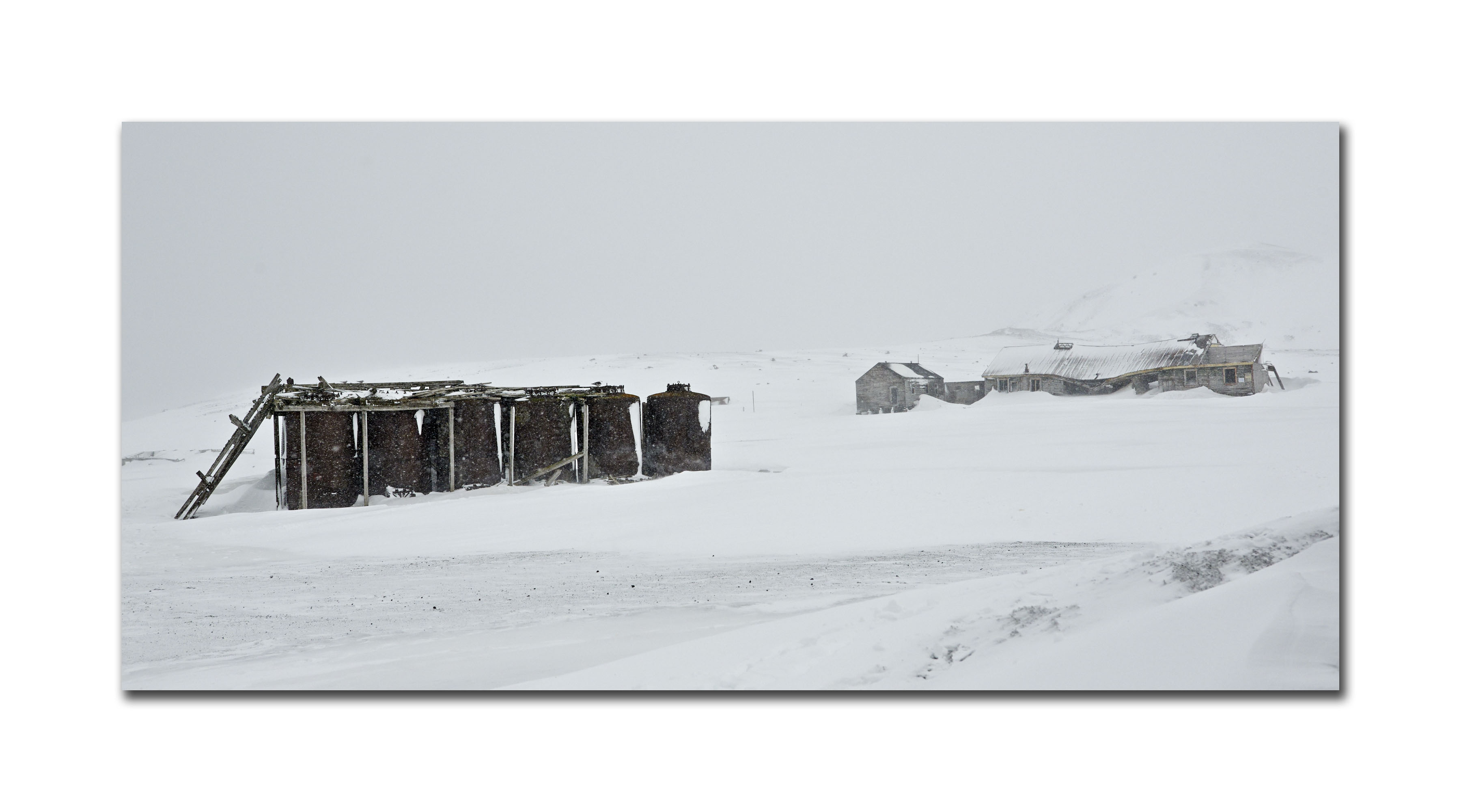 Such A Desolute Place In The Snow
Such A Desolute Place In The Snow
 Snow Pattern On Rusty Whale Oil Tank
Snow Pattern On Rusty Whale Oil Tank
Black & White, Snow On Aircraft Hangar
With all this nasty weather I was quite fortunate to be well prepared clothing wise. I did not feel any cold or discomfort during these difficult shoots. I dressed in layers. I had Winter Silks long underwear. The next layer was normal slacks and a warm shirt. I had a fleece vest and wore a new Columbia Down jacket. I put a pair of waterproof pants over my slacks and a second set of socks. Because we normally encountered wet landings muck boots were in order. Then I had nice warm hats with an optional full face over up mask for when winds and temperatures really got out of hand. I used a set of glove liners then a medium thickness glove. I was able, for the most part, to work with my gear while wearing these gloves.
At 10:15 AM we were underway to our next destination. Cruising all day we finally reached Cierva Cove where we anchored and enjoyed an early dinner. We then boarded our Zodiacs for three hours of cruising amongst the icebergs. There is no way to describe the pure beauty of an iceberg. Random designs and textures and a glowing blue color that would make you believe it is lit from below with neon lights.
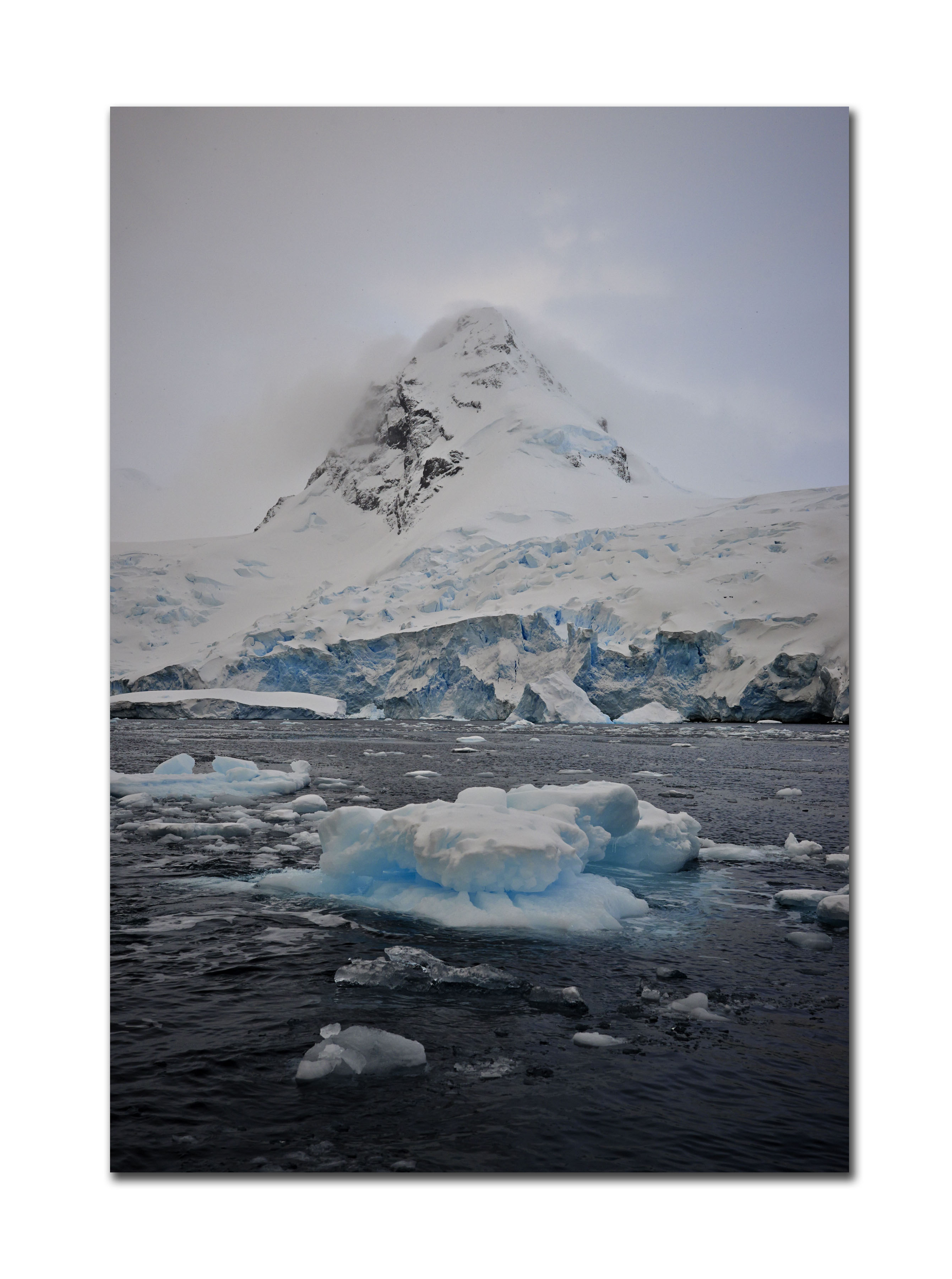 Shot From The Zodiac In Cierva Cove
Shot From The Zodiac In Cierva Cove
It seems we have had three days of snow and during this Zodiac cruise it was no different. The sun began to set and it was snowing at the same time. I reviewed my images and thought I had a massive dust build up on my sensor only to discover it was blowing snow. By the end of the Zodiac cruise all of us were pretty cold. Of all my 4 trips to Antarctica this has been the coldest and the snowiest.
Thursday, November 14, 2013
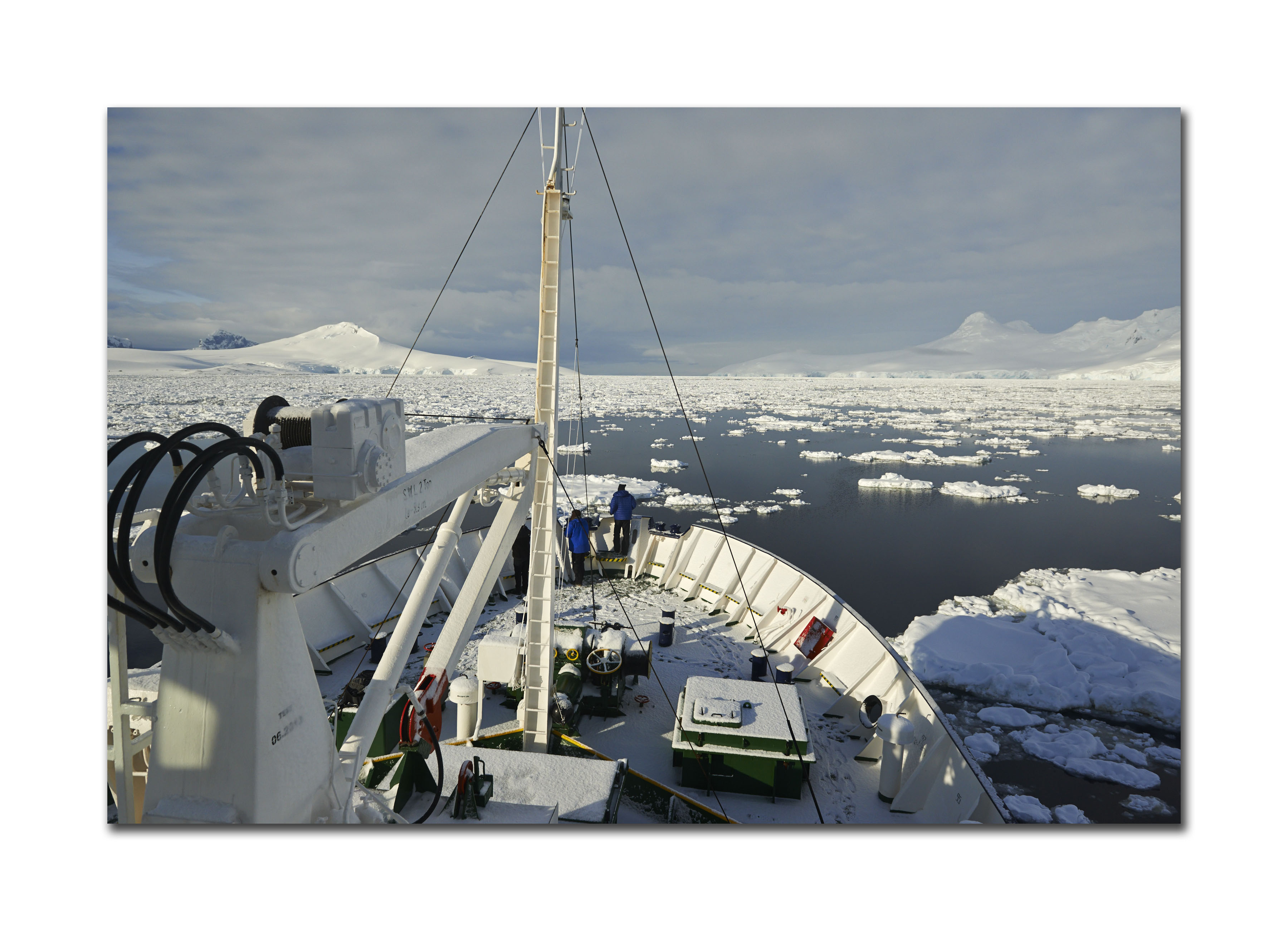 We Saw A Lot Of Sea Ice Like This
We Saw A Lot Of Sea Ice Like This
Wow, what a day! The hits just keep on coming. We were allowed to sleep in this morning and were awakened by the PA system at 6:30 AM. A quick breakfast and most of us of on the boat were put ashore by Zodiacs at Huevera Bay. I opted to stay aboard and shoot from the boat and spend some time catching up on image editing. Around 10AM we raised the anchor and were cruising the icebergs heading south. The day was spent running in and out of the boat capturing images of icebergs. In the mid-afternoon we came upon a pod of Orca Whales and it was all hands on deck as we followed and photographed them. It is amazing how much life there is everywhere in this hostile environment. We cruised until after sunset when we anchored for the night. The wake up call for Friday morning is 3:40 with a 4 AM departure to a new adventure.
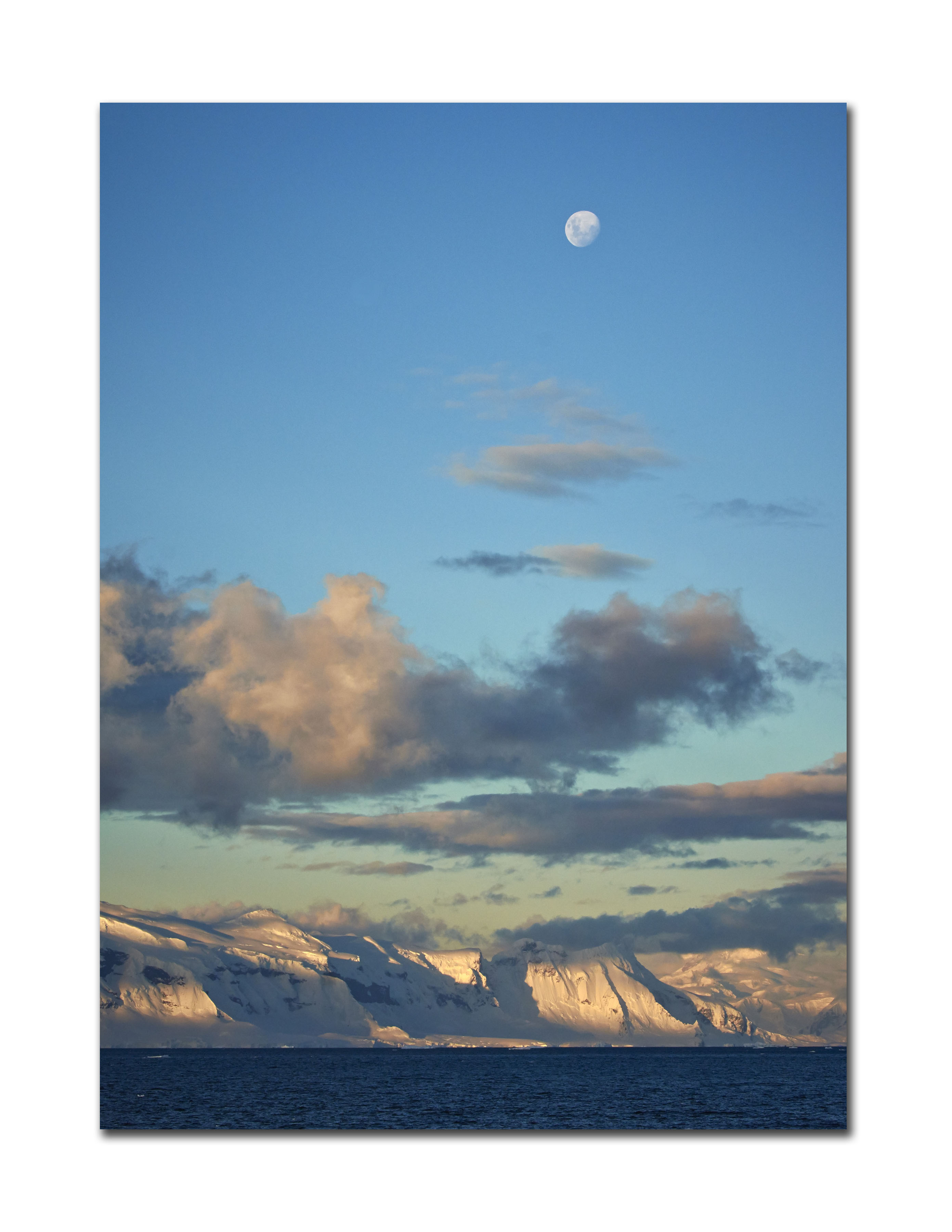 An Amazing Sunset With An Amazing Moonrise
An Amazing Sunset With An Amazing Moonrise
Friday, November 14, 2013
On Of The Finest Days Of My Life . . .
I come back to Antarctica because each time I visit I find it to be life changing. You learn to live with the unexpected and embrace these moments when they happen. At 3:30 AM Don (our expedition leader) boomed over the PA System. Wake up time. And, as expected the plans have changed over night. Yes, we start out with a plan and it changes. This time it was due to ice and weather (what else is new).
 Sunrise In The Lemaire Channel, It Just Doesn’t Get Any Better
Sunrise In The Lemaire Channel, It Just Doesn’t Get Any Better
The sky was partly cloudy and the sun was soon to rise with incredible clouds and we were sitting off theLemaire Channel. Our original plan was to go for a Zodiac cruise around the mouth of the channel and then see if we could at least get partially through the channel. Well, that was canceled and we decided to try and navigate the channel and see if we could be the first boat through the channel for this season. So, we all bundled up and went on deck as the adventure began.
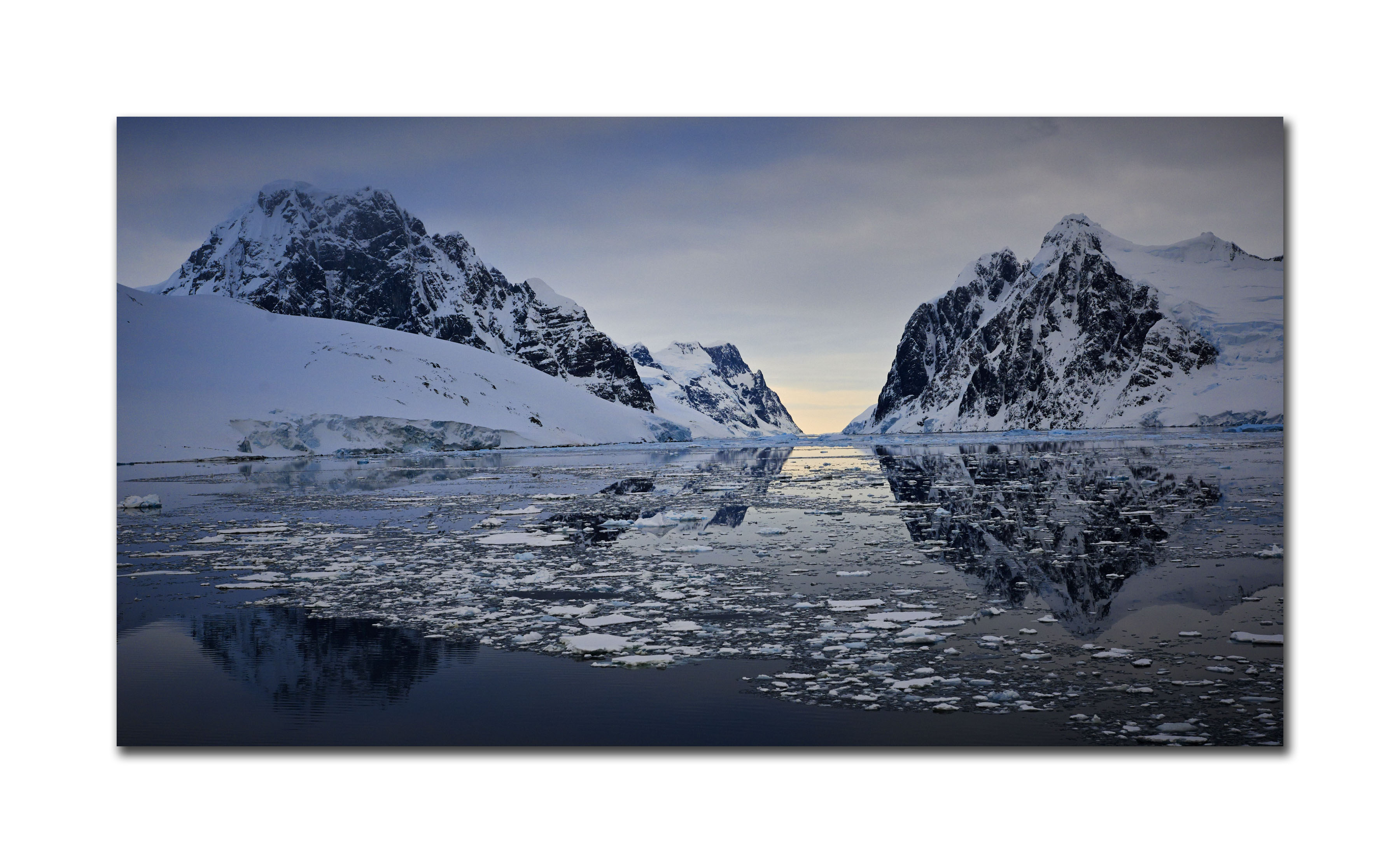 The Southern End Of Lemaire Channel
The Southern End Of Lemaire Channel
It looked doubtful for a little while as we headed to the channel. This channel is very narrow and has high steep peaks on either side that are amazing. They become even more special at sunrise or sunset and we were headed through at sunrise. The light was a golden light like you only see in Antarctica, with clouds on the horizon and swirls of clouds around the peaks of the mountains. Very beautiful! We traversed a large brash ice build up. The Russian Captain of the Polar Explorer has a tendency to like breaking through ice and we started to cut a path to the channel. Off to side about a mile or so was the Ocean Nova (our ship for the Luminous-Landscape workshops) waiting to see if we were able to make it through.
 The Ocean Nova (The Luminous-Landscape Expedition Ship)
The Ocean Nova (The Luminous-Landscape Expedition Ship)
From the bridge and upper deck it looked doubtful if we could get through as it appeared to be blocked. But then something happened. We broke through the brash ice and had open water. We entered the channel at sunrise and the whole place just lit up in such beautiful colors. I was running a round doing close ups, wide-angle shots and fish-eye images. It was just something surreal and totally beautiful. We still weren’t sure what the narrowest end of the channel would look like but we continued on. At one point, I managed to do a panorama showing both openings of the channel and one side of the channel.
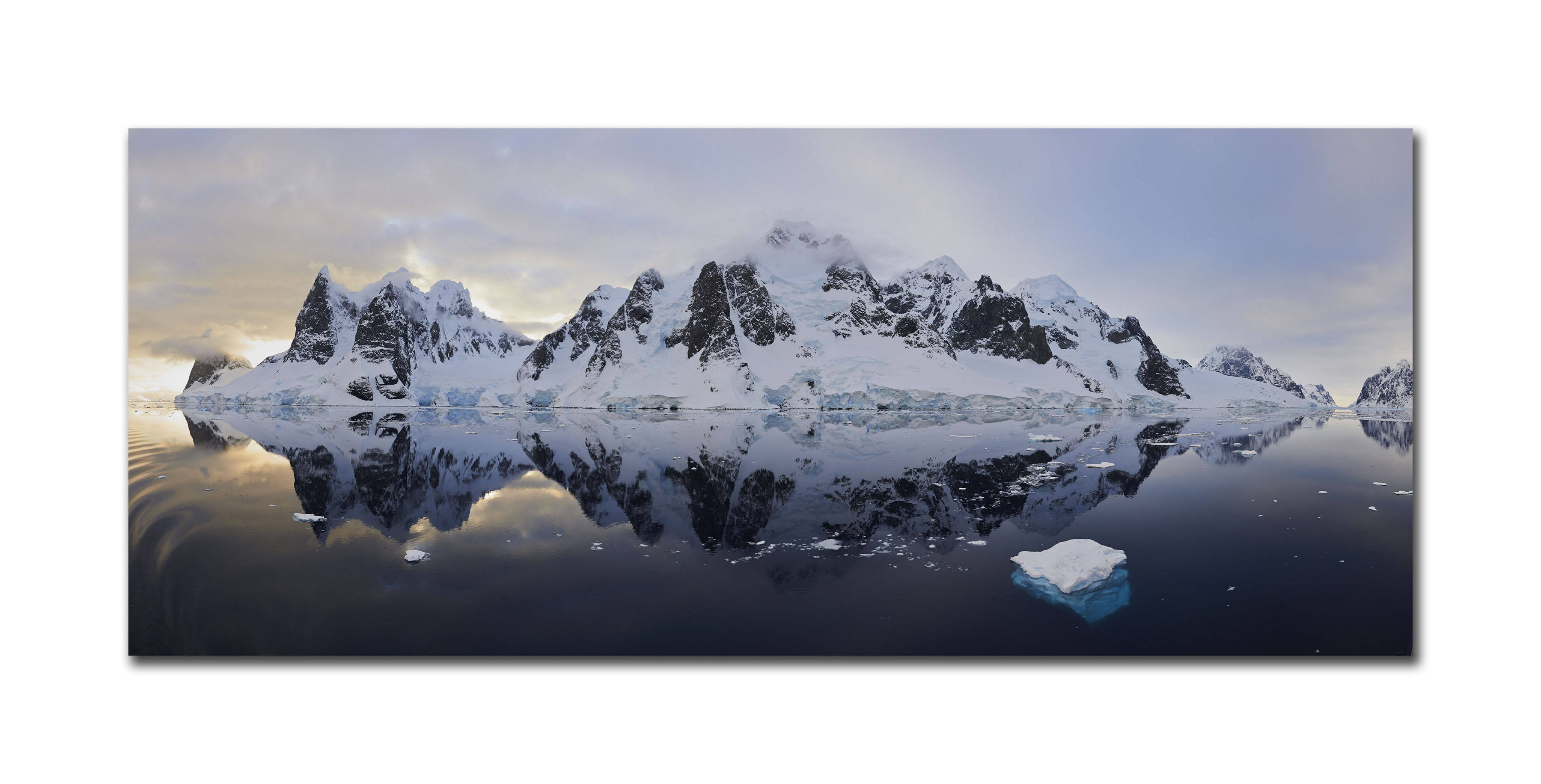 A 16 Image Stitch Pano Showing Both Ends Of The Lemaire, Handheld From A Moving Boat
A 16 Image Stitch Pano Showing Both Ends Of The Lemaire, Handheld From A Moving Boat
The water was glass smooth and the only breeze was the breeze from the apparent wind of our forward movement. This was unbelievable. As soon as were through the channel we turned right to head towards one of the best iceberg graveyards in Antarctica. Almost immediately we were surrounded by a large pod of 16 Orca whales. We watched these guys and they watched us. We saw them breach onto icebergs looking for a meal and slide off. These are just the most amazing mammals as they travel and stay together as a family unit and hunt as a pack.
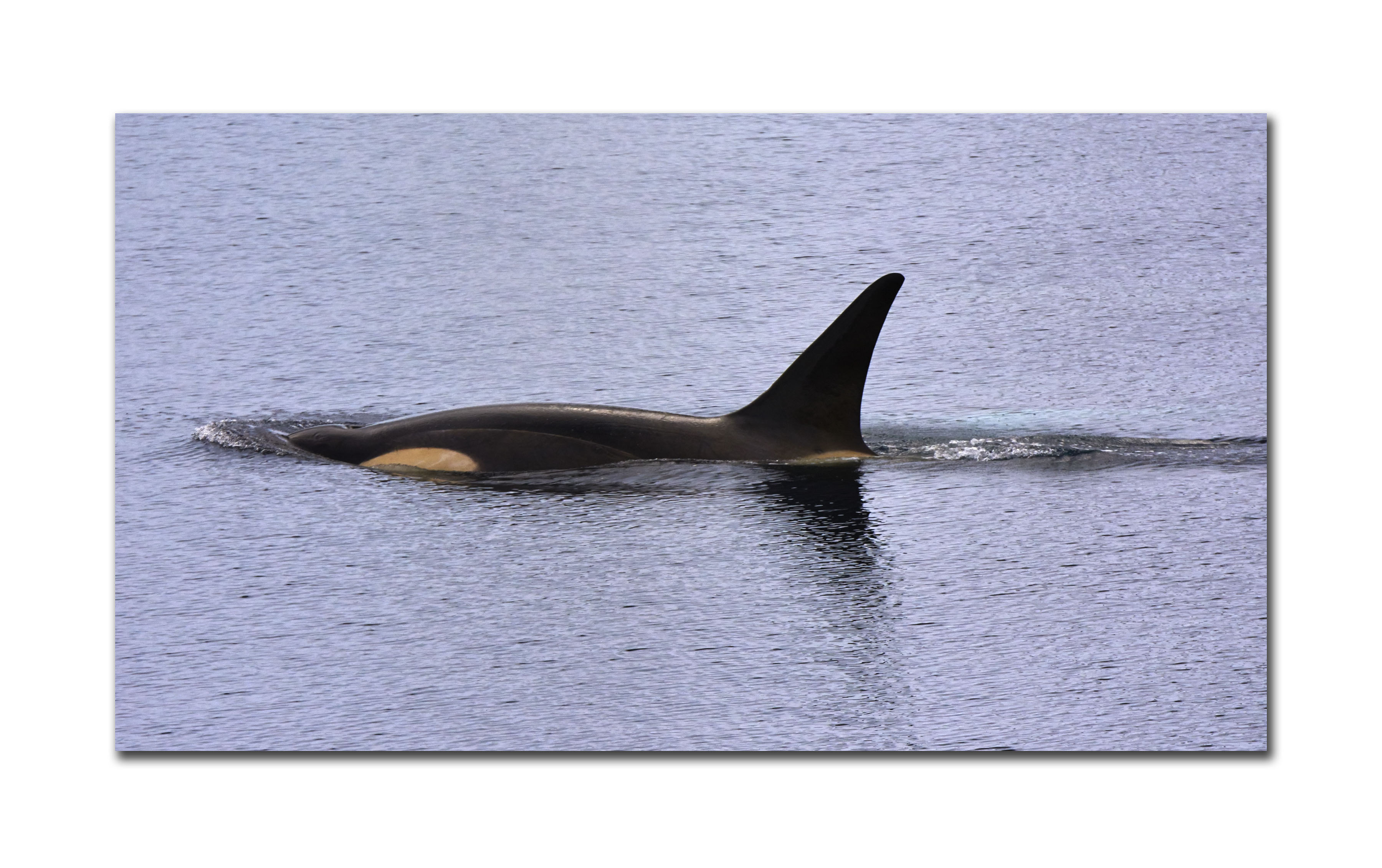 An Orca And His Pod Right Off The Side Of Our Ship
An Orca And His Pod Right Off The Side Of Our Ship
It was soon breakfast time and after breakfast we were ready to head into Pleneau Island Bay. The ice here was very heavy and there was a sheet of ice completely solid and blocking the way. It looked like a lost cause until the Captain said “No problem”. We have an ice-hardened boat, and the Captain fully exercises this feature as he rams his way through the ice. For the next hour or so we went from expedition boat to ice breaker. This was a blast as we crashed through ice and headed to what looked like open water with grounded icebergs in it. We did well until the ice got thicker at the end and actually stopped the boat.
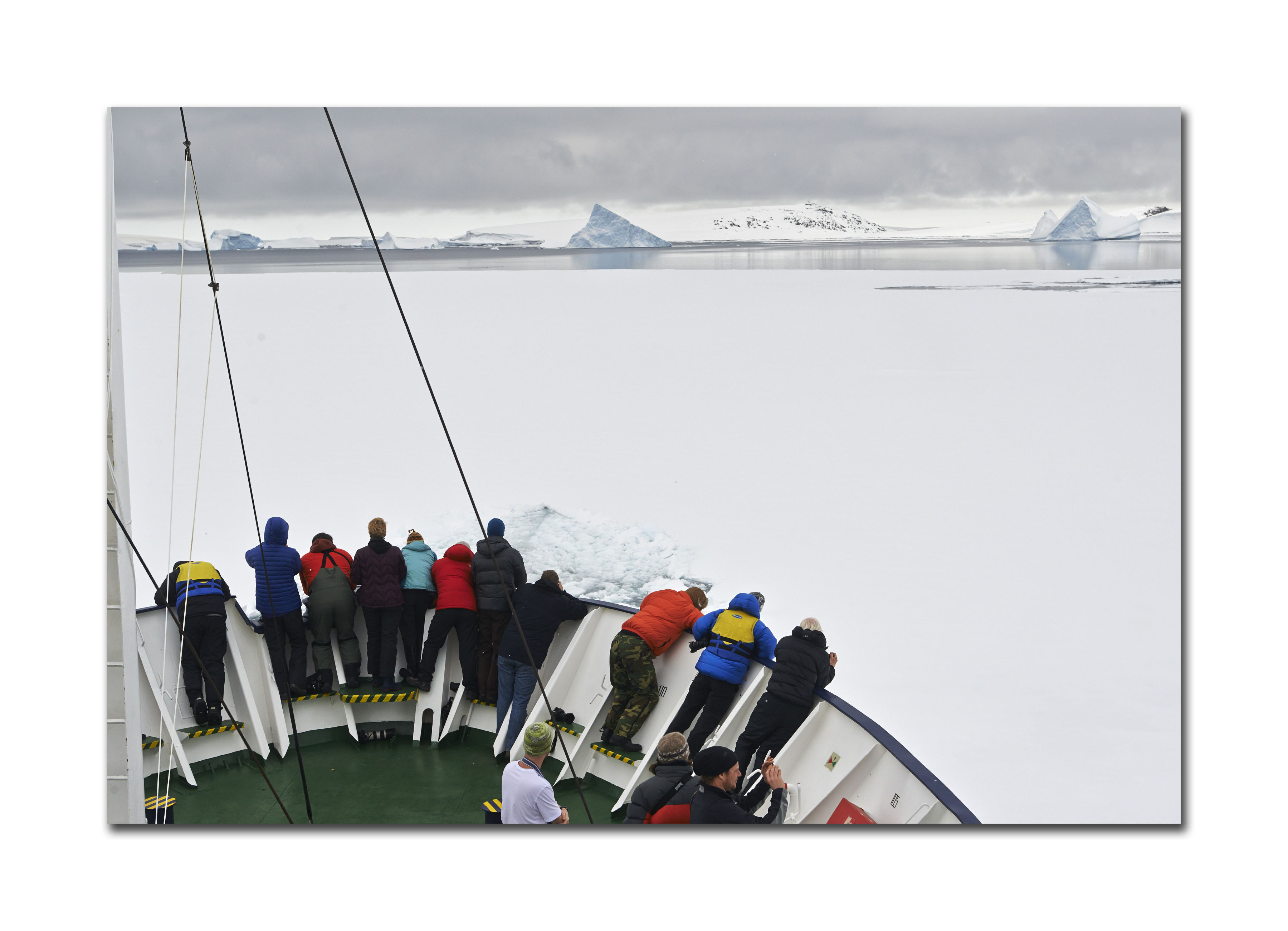
All Hands On Deck As We Break Through The Ice
Our Path Through The Ice
The Captain wasn’t going to let this stop us. He backed up the boat and rammed the ice running the boat up onto the ice and it crashed away. We had to do this three times and then we were through. Very exciting to see how much fun it was ramming ice and how much fun the captain had doing it. Once we were in it was anchor down and time to hit the zodiacs. Mind you this is all before noontime. We have been going since 3:30 AM.
Soon we lowered the Zodiacs for a cruise around the icebergs. The cruise was beautiful. We started out in gray overcast clouds and within a half hour the sun was out with deep blue skies and a magnificent landscape. There were hundreds of beautiful icebergs to explore. Our boat with Zodiac driver Santiago circled and cruised all over. We were getting great angles of these bergs. At one point I was shooting with a 17-24 mm lens and someone yelled flock of birds. I stood grabbed my camera and got off about six images as they flew by. I didn’t even look though the viewfinder. I got a super shot. One of birds was right in the V of the icebergs. (See Image At the Top Of This Article) I was elated to say the least. A lot of people on the Zodiac were disappointed about the bright light to shoot in. I explained how I bracket the images and then I use an image that will allow me to go dramatic when I post process. (Not HDR). Some examples are below.
It might not be exactly what is seen, but it does allow my to catch the beauty of the berg in an artistic way. We were back on board the boat by 12:30 and had a hearty lunch and some much needed nap time.
A few hours later we headed to Peterman Island. I have been here 3 times previously and it is always a great place to photograph penguins. I have never been to it with so much snow though. We spent the evening hours there until the sun started setting and the moon started rising. For a photographer this was amazing. It was such great light and great penguins. The moon is rising behind the penguins and the sun setting behind penguins. Could it get any better? The whole day was incredible with a ton of beautiful images.
To top the day off as the twilight hung around we were off to go through the Lemaire Channel again at night. Twice in one day and we were the first boat through for the season. Enough already. Time for some much needed sleep. It was now close to midnight. Nearly 21 hours of incredible adventure and photography not to mention being on the bottom of the planet with a bunch of good people on a sturdy adventure boat. Yes, it was a fine day. In a few hours we will see what the next day holds.
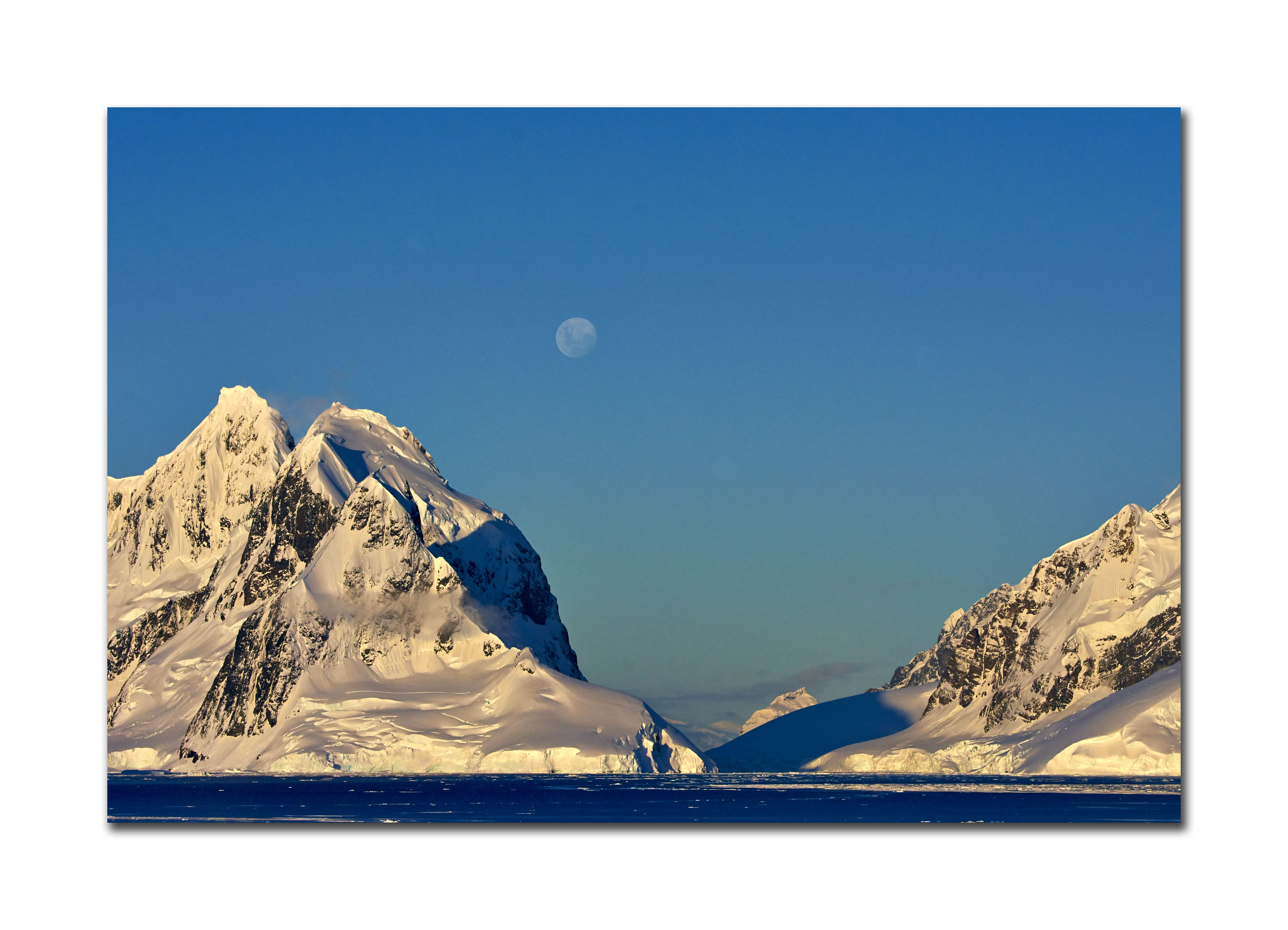 Moonrise Over The Lemaire Channel
Moonrise Over The Lemaire Channel
Saturday, November 16, 2013
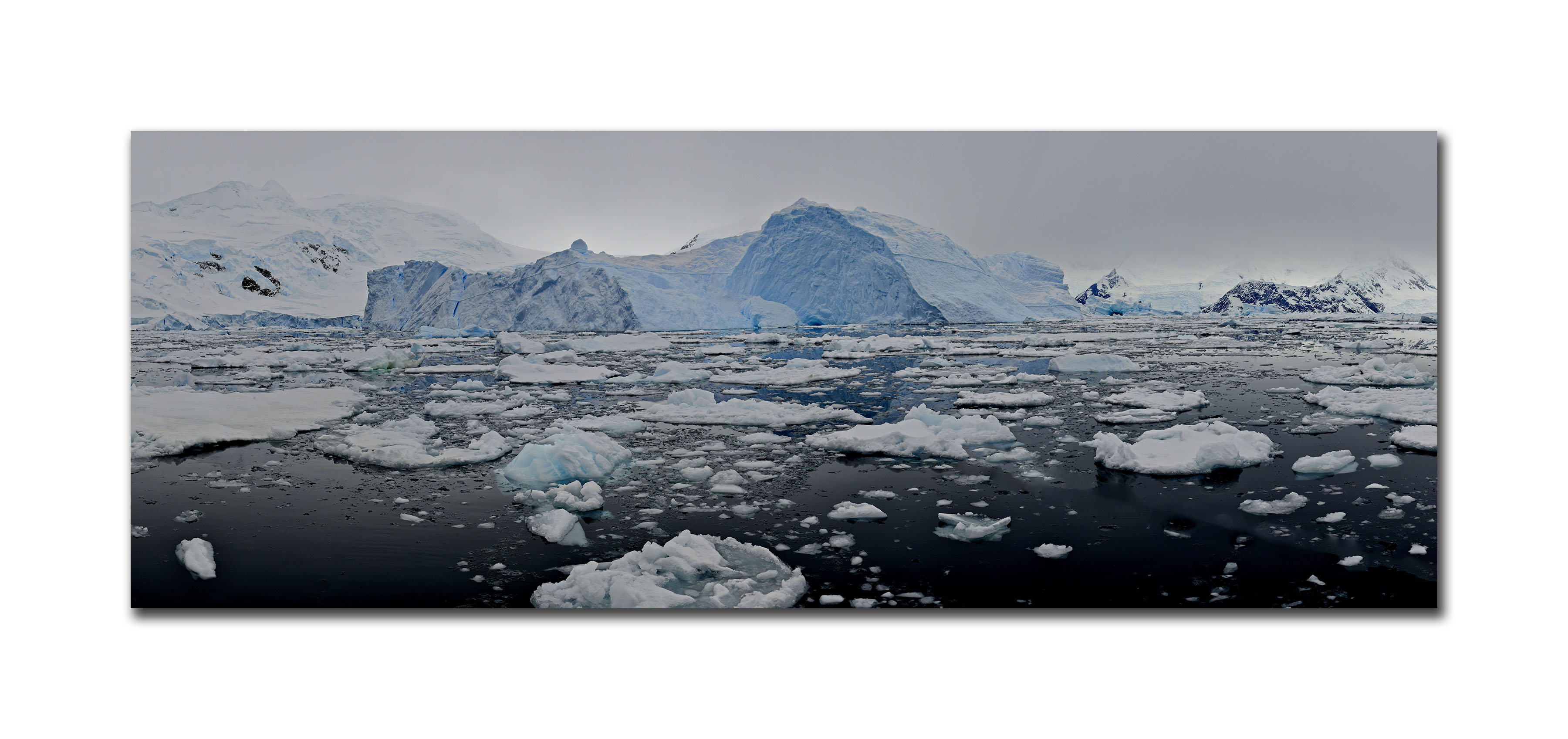 33 Image Pano Stitch, 2 Rows, Handheld From A Zodiac
33 Image Pano Stitch, 2 Rows, Handheld From A Zodiac
Today was a down day for me. We arrived at Neko Harbor at dawn. This was very nice to see but we faced a huge amount of sea ice that prevented us from getting in the harbor and landing. We decided to do Zodiac cruises of the icebergs in the harbor and there were a lot. I managed to get off some good panorama images while cruising handheld from the zodiac. We returned to the ship and while we were doing lunch we relocated the ship to Cuverville Island. This is a huge penguin colony and the island was covered in snow. I opted to stay on board and work on images. I have plenty of penguin images. I was able during this time to work on images, get organized, recharge batteries and take a nap. Yes, sometimes you just have to take a break.
After dinner we loaded the Zodiacs and we were off to revisit the island. The island literally had six feet of snow right down to the waterline. The Expedition leaders from the front of the zodiac carved stairs up to the top of the snow with ice picks. While some of the group opted to land and photograph penguins I decided on cruising the icebergs. This is a trip where I was really concentrating on shooting and crating different iceberg images. The snow kicked up again and we returned to the ship around 10PM to share our experiences. The ship during the night was to relocate to Port Lockroy.
Sunday, November 17, 2013
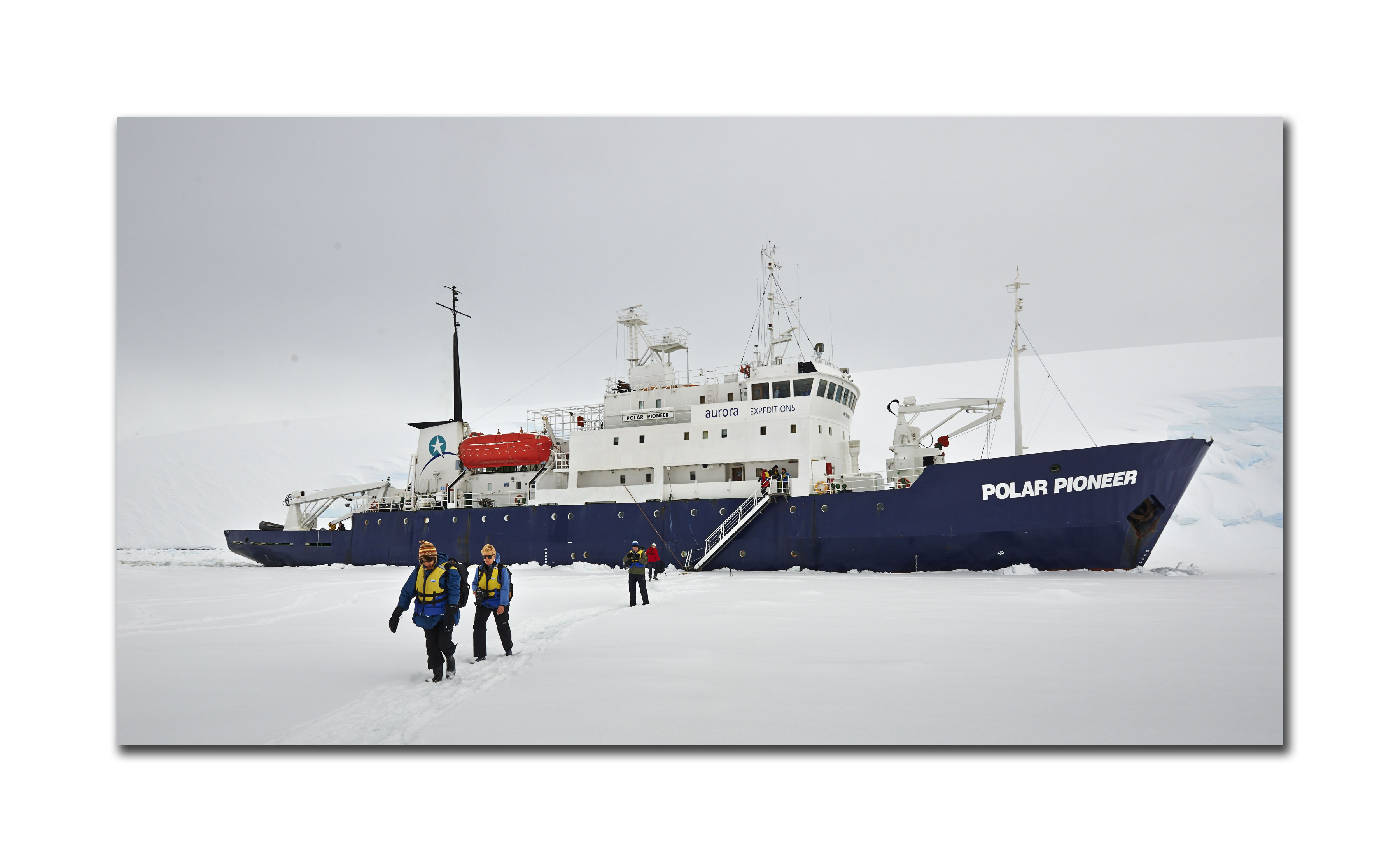 Polar Explorer Firmly Locked In Ice At Port Lockroy
Polar Explorer Firmly Locked In Ice At Port Lockroy
Oh what day this turned out to be. Something we learn on an expedition cruise is plans are always changing. On the way to Port Lockroy we had to push our way through a ton of ice. And as always the Russian crew seemed to like pushing through the ice. The harbor at Port Lockroy was clogged with ice and still had a solid ice pack. So, Zodiac cruising was out of the question. The Russian captain wasn’t going to let this stop us. He drove the ship into the icepack and basically rammed it into the ice pack until we stopped. We were a few hundred yards from shore.Pano Of Penguin Colony On Port Lockroy
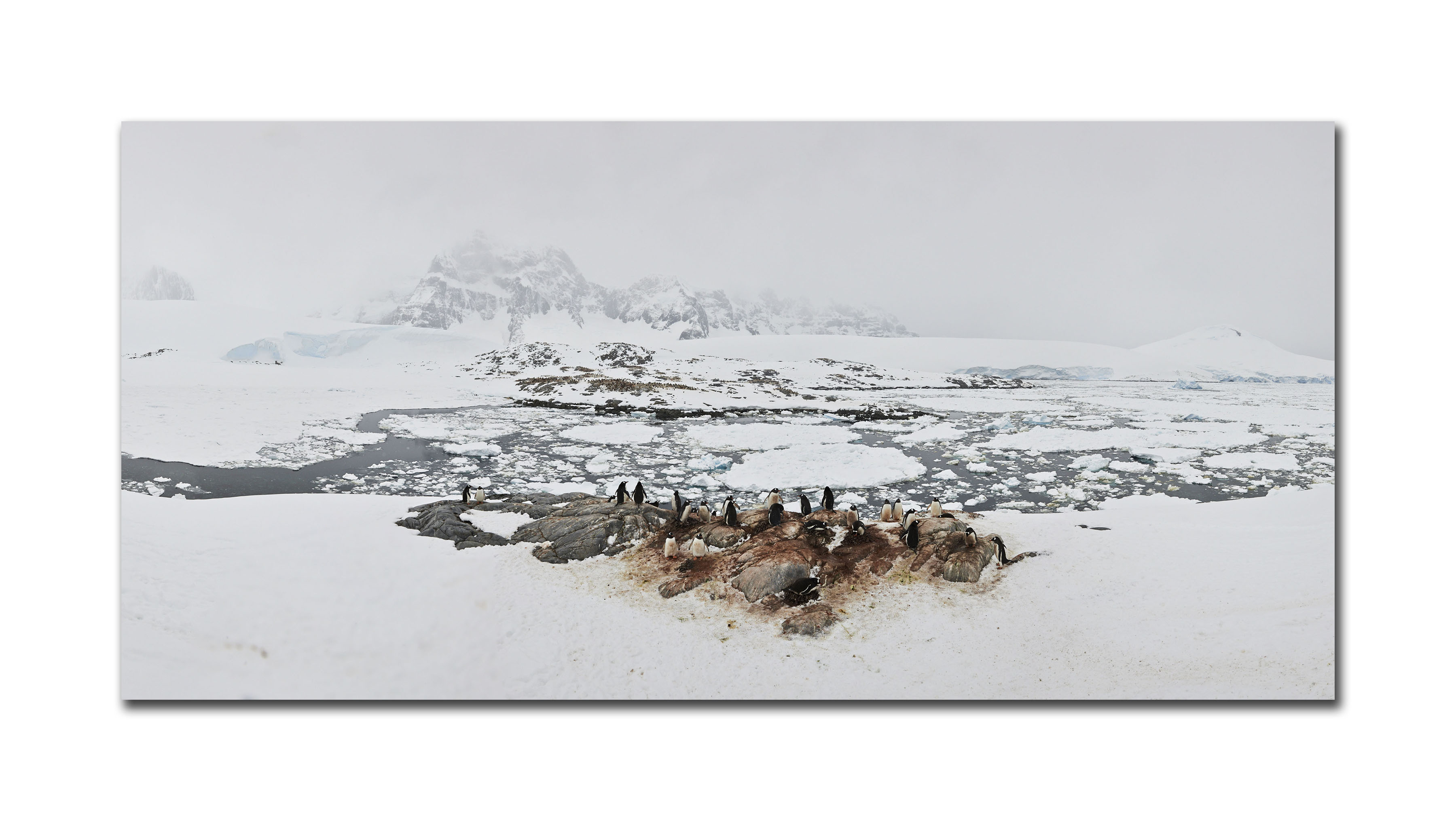 Pano Of Penguin Colony On Port Lockroy
Pano Of Penguin Colony On Port Lockroy
They lowered the gangway and we just stepped off the ship and visited the island. It was surreal to see our ship stuck in the ice and just to be able to walk off of it and onto shore over frozen water. On the way back to the boat we took a longer walk along the ice cliffs and it was quite remarkable to see these cliffs of ice and snow close up. Back on board I enjoyed a nice hot chocolate and downloaded my images.
The afternoon got real interesting. First it was backing out of Port Lockroy which took some amazing maneuvering by the captain. We had to back straight out of the ice pack and then turn the ship. There were rocks all over. The Captain was running back and forth on the bridge as we turned and maneuvered out to open water. Actually the water wasn’t open but filled with sea ice that our ship just plowed through. Since we had a long journey until the next stop I decided to take a nap. Somewhere while I was half asleep there came a shudder and growl and the ship came to a complete standstill. We were stopped by ice and lots of it. It then became somewhat exciting as we were now locked in ice and being pushed by the ice pack and tide towards shore. The crew once again went at reversing and forwarding the engines and pointing here and there as they worked on finding a way out. Around an hour and half later we were once again moving forward. Then an hour later broke out into clean water. So, on days like this you wait, you work on images and watch movies or catch up on sleep. All part of the expedition experience
Dinner tonight was excellent. We enjoyed lots of lamb, veggies and potatoes. We used the excursion room for viewing a James Bond movie. It was a good way to pass some time.
Monday, November 18, 2013
So, it was down day. Today we cruised north with the attempt to make a landing at Elephant Point. This was cancelled due to high winds and snow. The day ended up being an image edit day. It was good to organize and rate images. I use Capture One to do initial edits. Then I take the finals that are 4 stars, make adjustments to the RAW file and then output to 10 inch long edge JPEG. Next I do any follow up adjustments such as spotting or using 3rd party plug-ins. The final images are next put on a larger canvas with a one-inch border. These are the images I’ll live with for a while before deciding on the real finals. I also spent some time with others on the trip showing them how to do Panos and RAW image adjustments. You can see these selects HERE.
We spend a lot of time traveling around in the ship. On this trip weather hasn’t been our friend. We are hoping for a landing on Browns Bluff on Tuesday morning.
Tuesday, November 19, 2013
After a rock & rolling night we arrived at the Antarctica channel. The PA announcement came over to wake us up because we were approaching some gigantic tabular iceberg. All-hands-on deck. These beasts are so enormous it defies imagination. We decided to position the ship and a few hearty souls took to the icebergs in Zodiacs. I was one of those as I love icebergs and we did cruise amongst some beauties. The weather was brutally cold. Upon returning to the ship we enjoyed a breakfast and headed to Browns Bluff.It
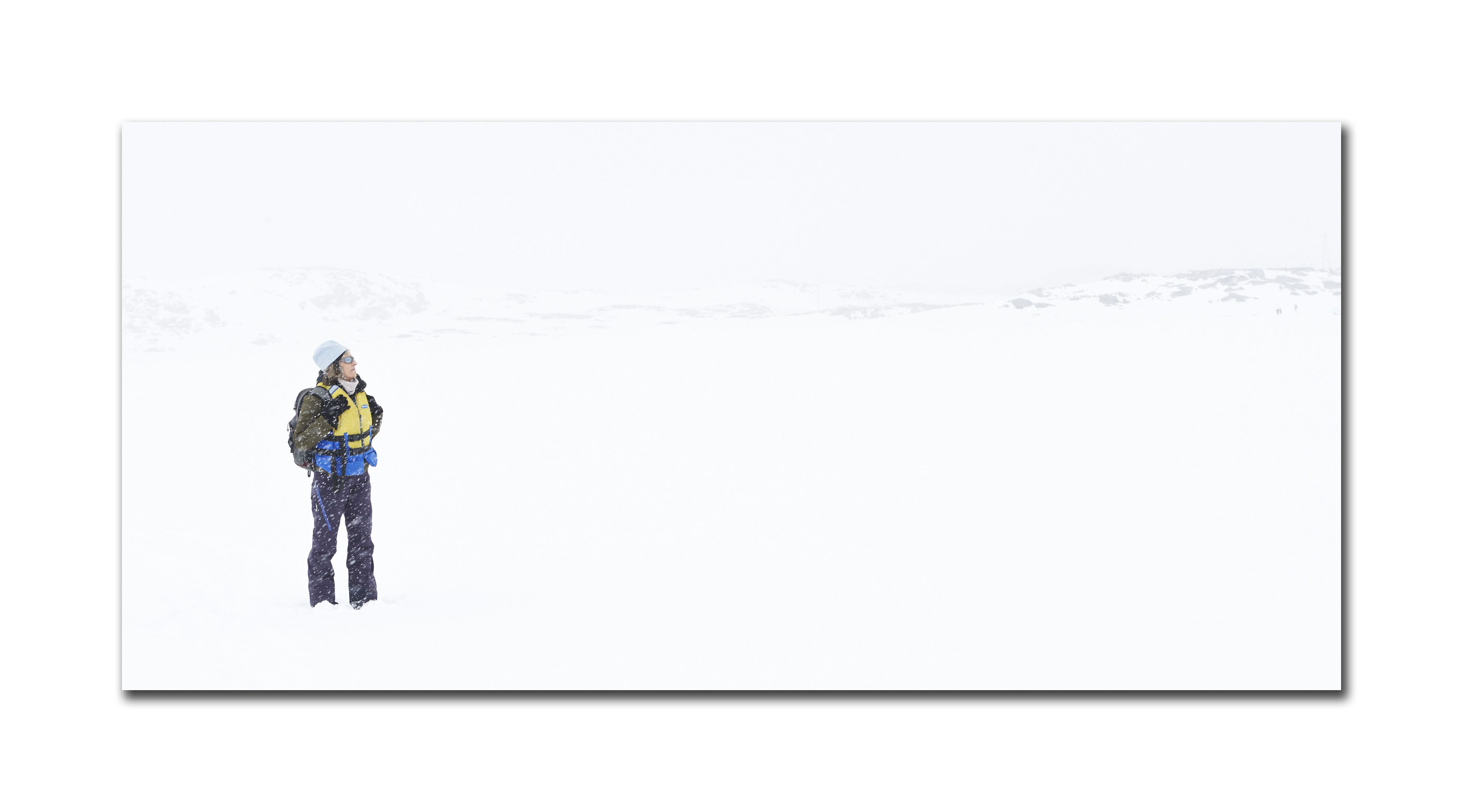 Is Sometimes A Very White World In Antarctica
Is Sometimes A Very White World In Antarctica
This was once again a tricky landing as the surf was high. We shot the Zodiac into a small tidal pool and went ashore. This was a great landing with a ton of penguins. Many were on nests with one or to eggs. I did some close ups of the Adélie penguins and a nice pano or two of the landscape.
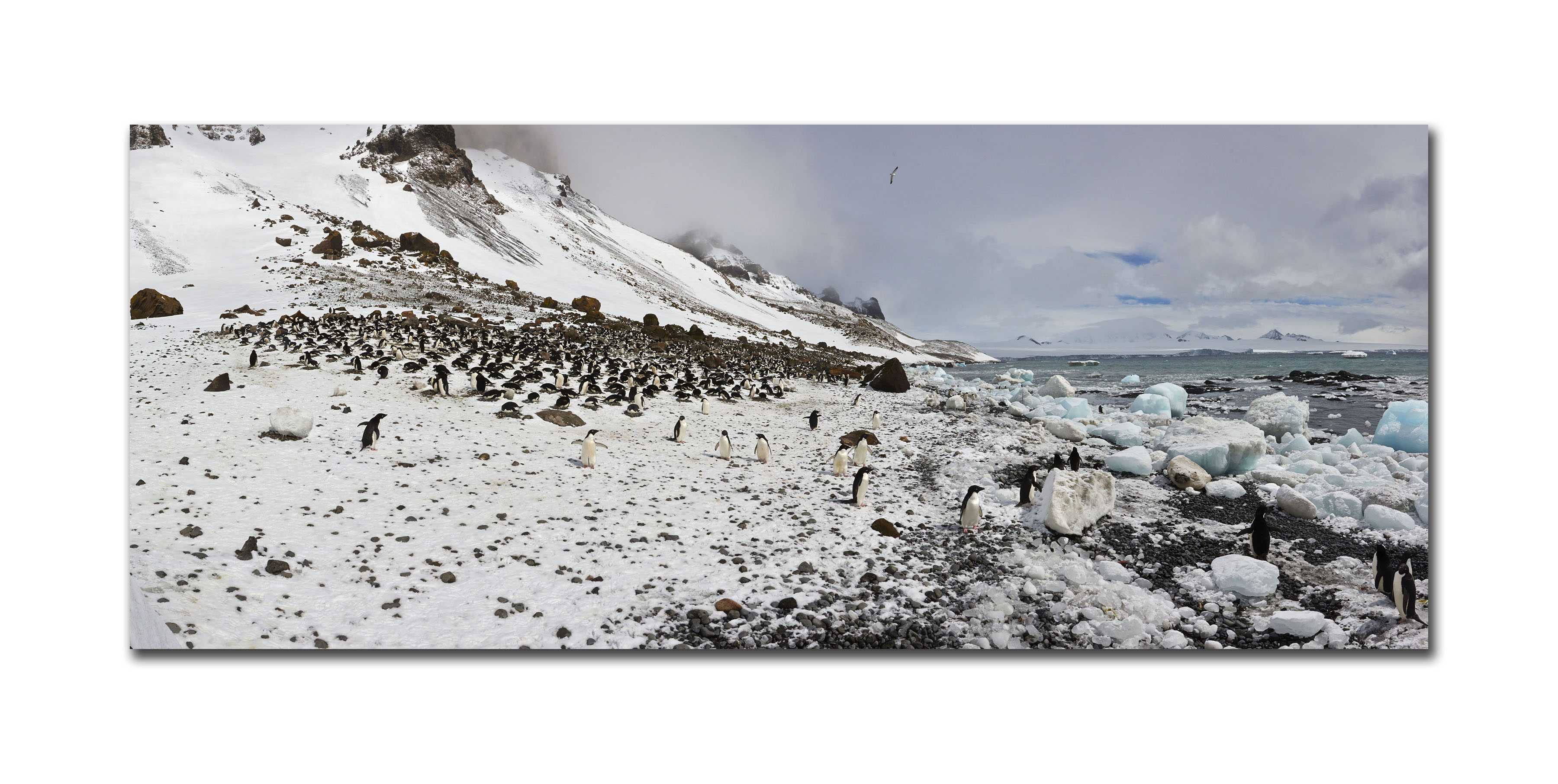 Penguins Sitting On Nest With Eggs – Pano 7 Images
Penguins Sitting On Nest With Eggs – Pano 7 Images
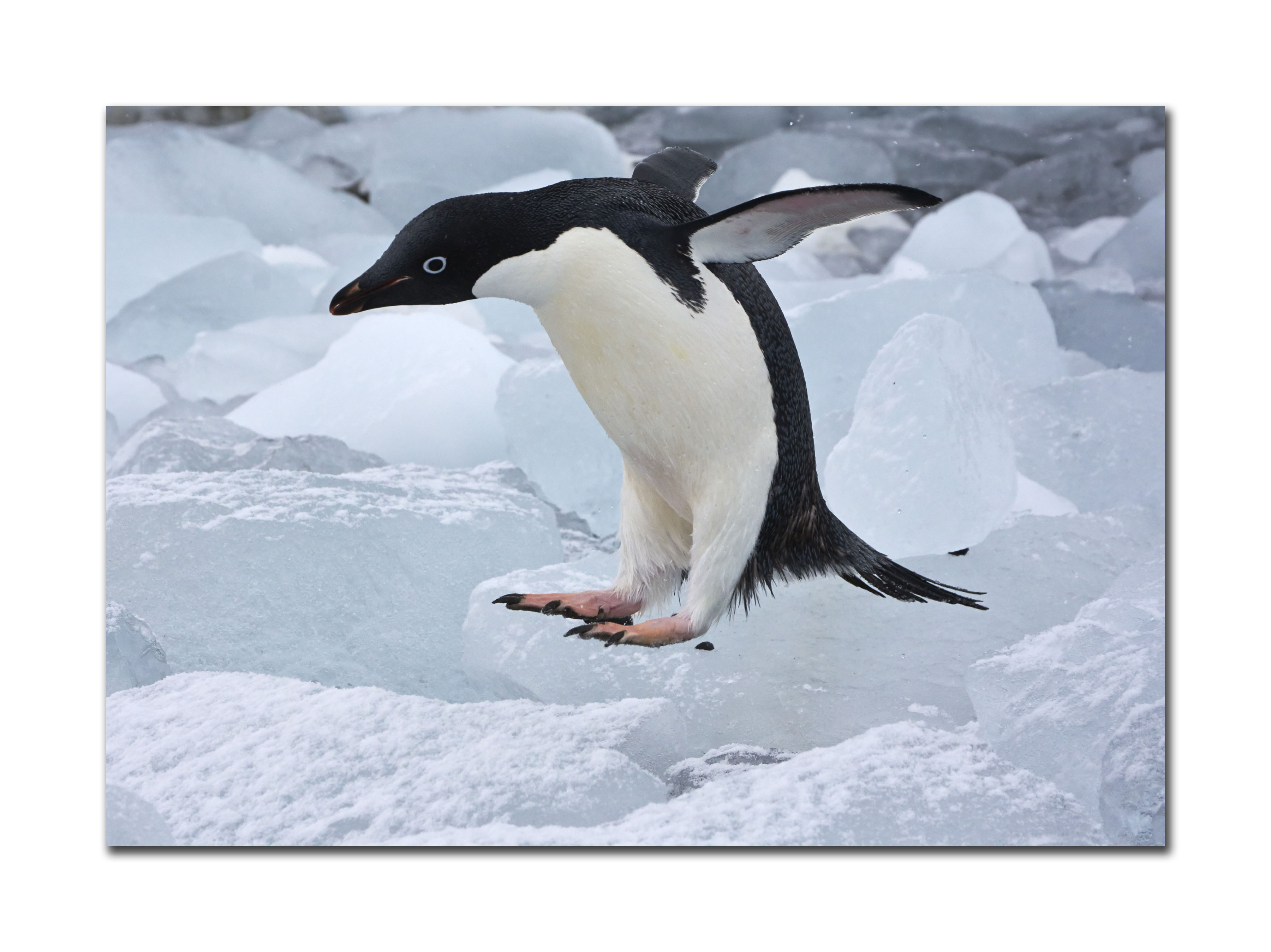 These Penguins Love To Jump From Spot To Spot
These Penguins Love To Jump From Spot To Spot
We had to cut this landing short as the wind picked up and it was marginal for getting on or off the ship. I boarded the Zodiac and we headed to ship. It was a very wet ride. Getting back on the ship at the gangway with 4 foot seas was extremely difficult. I crash-landed on the landing platform as when I was stepping off the Zodiac. It was lifted in a big swell and was very dramatic. The crew handled this hairy offload very professionally.
We lifted the anchor and were in for a 20-hour run to Elephant Island. The seas were choppy and boat was tossed around. We had the chance to shoot some icebergs along the way. We had a real treat that was prepared by the chefs. They made a wonderful filet of beef super.
Wednesday, November 20, 2013
We arrived at historical Elephant Island at 5:30 AM. The weather was too rough for a landing as the surf was crashing on the beach. So we cruised the island and then set our course for the Falklands. This will be 2.5 days of heavy seas. Forecast is for rough seas so we need to be ready for rough weather. This should a fun time and I look forward to rocking and rolling (not).
So who said there couldn’t be excitement in the open ocean? We were cruising towards the Falklands in open sea. After lunch I headed for the bridge and upon entering I heard a large sound and I asked if it was the wind. Two seconds later the alarm went off and somehow the starboard anchor broke loose and we dropped the anchor in the middle of the sea. The sea was 2000 feet deep so the anchor just hung below the ship. We were stuck in the middle of the ocean with an anchor dangling below us. They tried to start winching it up and the winch motor started to heat up. The Russian crew worked diligently and creatively to solve the problem. After six hours we finally got the anchor back on board and were on our way again.
The seas are rocking and rolling. We have two more days of this.
Thursday and Friday, November 21 & 22, 2013
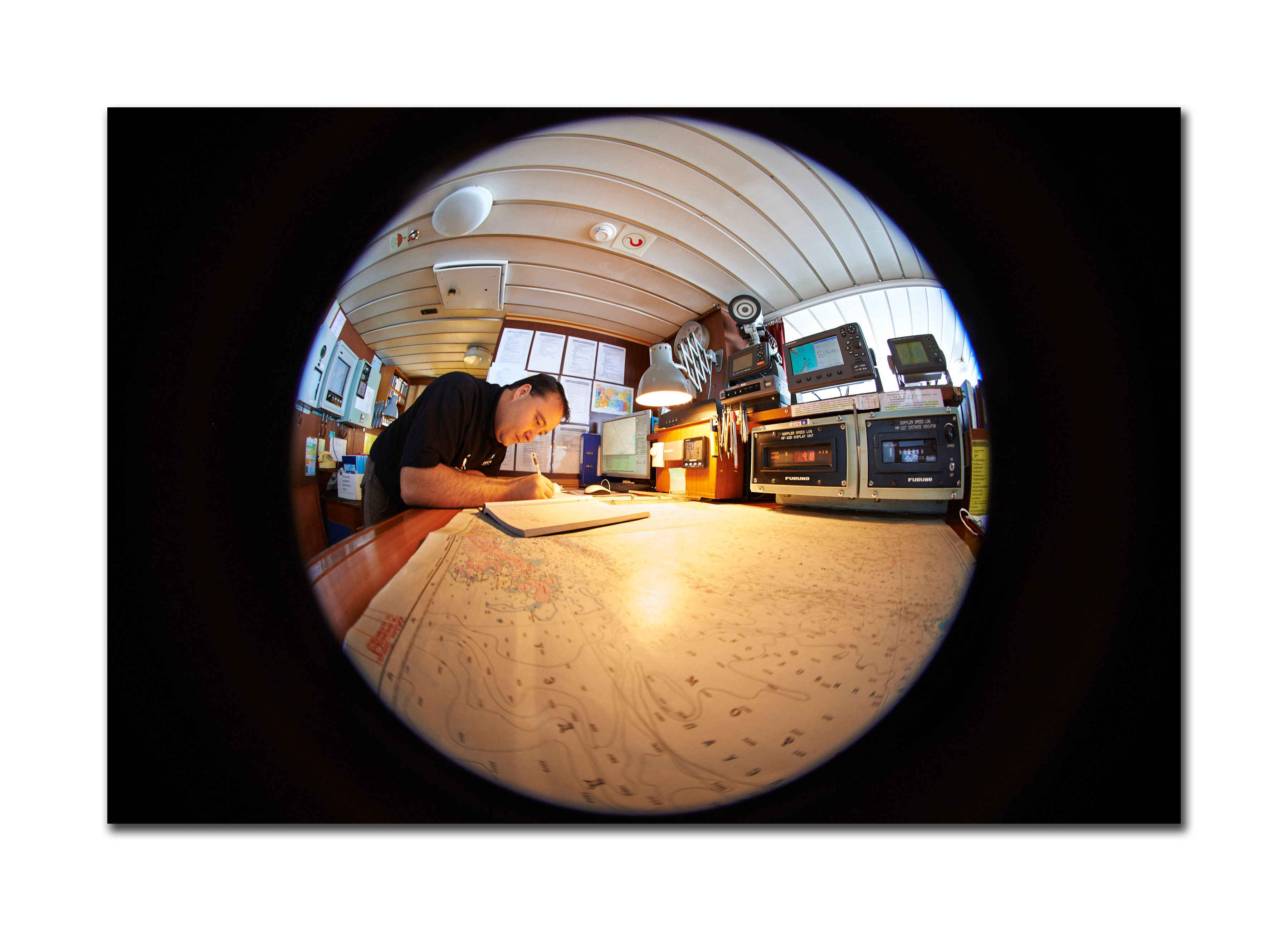 Plotting The Course To The Falklands
Plotting The Course To The Falklands
We are at sea. It’s 3AM on Saturday morning and we are supposed to dock in Port Stanley so all of us can begin our journeys home. We were at sea for two plus days and being stuck on a rocking boat is not the most fun thing to do. So, everyone is low key and tries to work on images or just stay in their cabins and stay still. The seas can really toss this boat around and it makes walking on the boat, climbing stairs or just standing still a challenge. We do enjoy socializing and sharing photo processing techniques. A number of the attendees on this trip can be found at the stern shooting birds to the tune of 30 plus gigs. That’s a lot of bird shots. I guess it keeps them happy.
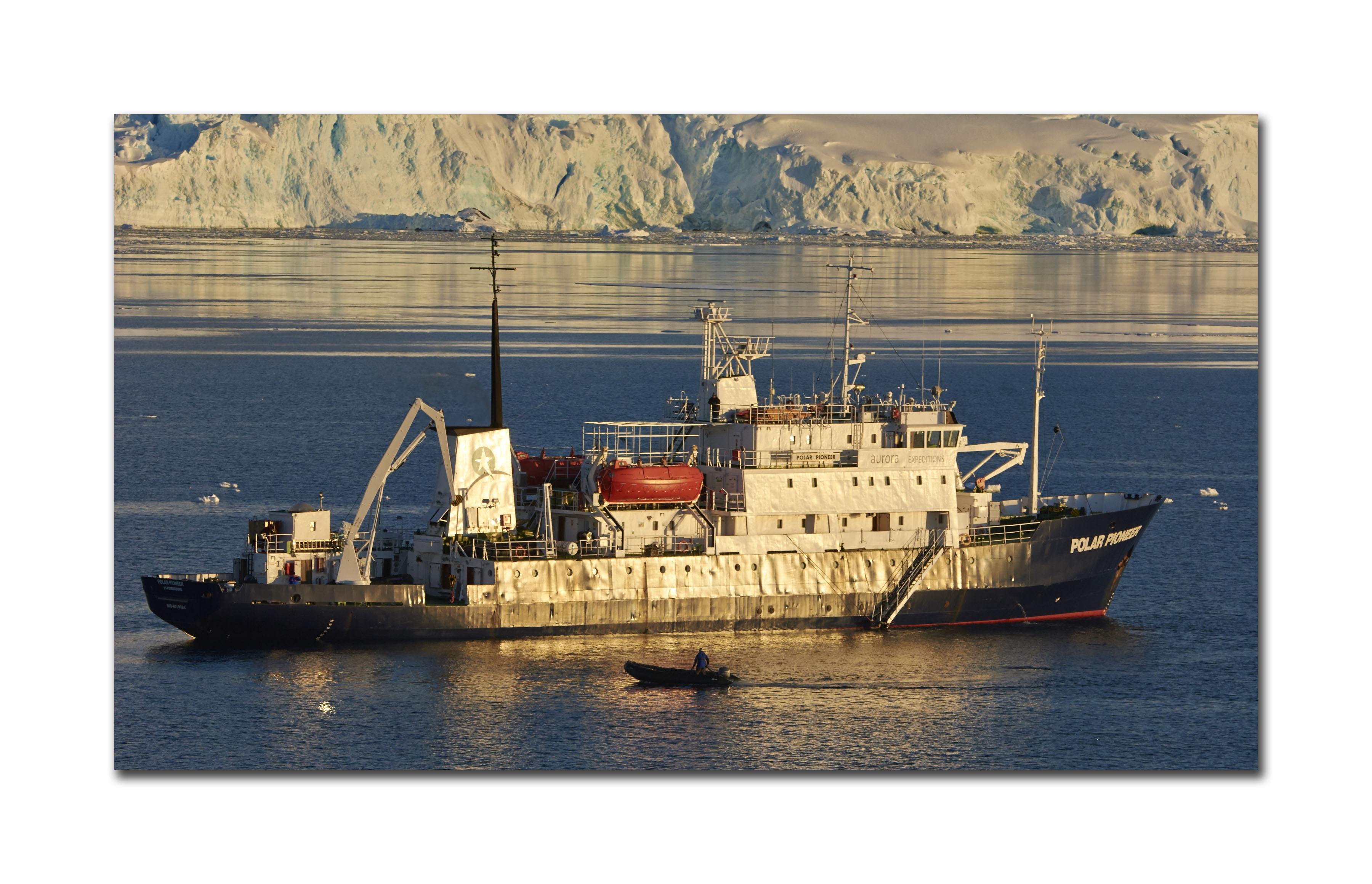 Saying Good-Bye To The Polar Pioneer
Saying Good-Bye To The Polar Pioneer
This has been, as all my trips to Antarctica previously, an adventure as well as a time to clean the old soul. Without email or phones one begins to see the possibilities of doing other things and interacting in person with the people around you. What really helps for me is internalizing the beauty of what we have seen and having had the chance to photograph it. Unlike a lot of other places you can visit, it is hard to cliché an image in Antarctica as the landscape is dynamic. For example we visited Deception Island on our first day of this adventure. On my previous visits this location was completely snow free. There was a black sand beach and all these buildings and old machines from back in the whaling days. This year, Deception Island, was completely snow covered and we landed in the middle of a blizzard. This produced totally different images. I am happy to have a new collection of images to add to my Antarctica image inventory. I am looking forward to my return to Antarctica in January 2014 and 2015. I hope to eventually break images out into several projects for display and a possible book.
This was a most pleasant trip as far as the other people on the trip were concerned. You become close to people when you are on a boat for nearly three weeks with people. You make some great new friends and you share a lot of laughs and some funny stories. Most of all you get the chance to share your passion for photography with others. I want to extend my thanks to a great Expedition Team. These folks including the ship’s doctor went above and beyond. They were always pleasant, had huge smiles all the time and did a great job getting us in and out of the places we visited. The Russian Captain and crew of Polar Pioneer certainly proved they were great sailors on this trip. These guys know there stuff. And, finally a big thank you to Joshua and Daniel for making this trip possible.
The Gear I Used
While I intend to write a longer article on the gear I use on my polar trips I’ll take a brief moment and list what I had on this trip.
The Phase One system was transported as check baggage in a secure Pelican Case. I brought two Cameras and 2 IQ180 digital backs. In a edition I had 28mm, 55mm, 80mm, 150mm and 240mm lenses.
My Nikon system was transported on my back in an F-Stop Tilopa Bag with a small and medium insert. In these inserts I had a Nikon D800E and a Nikon 7100 body. For lenses I had a 12-24mm, 24-70mm, 8.5mm Sigma Fisheye and a 80-400mm Nikon Zoom. I also had 6 batteries charger, cable releases, a number of ND and Polarizing filters, lens clothes, dust blower and 2 Black Rapid straps. The F-Stop bag was very comfortable on my back and I fields tested in while running for a connecting flight in Santiago.
To see more images please visit my web gallery of 2013 Antarctica Imagess
Thank You for reading.

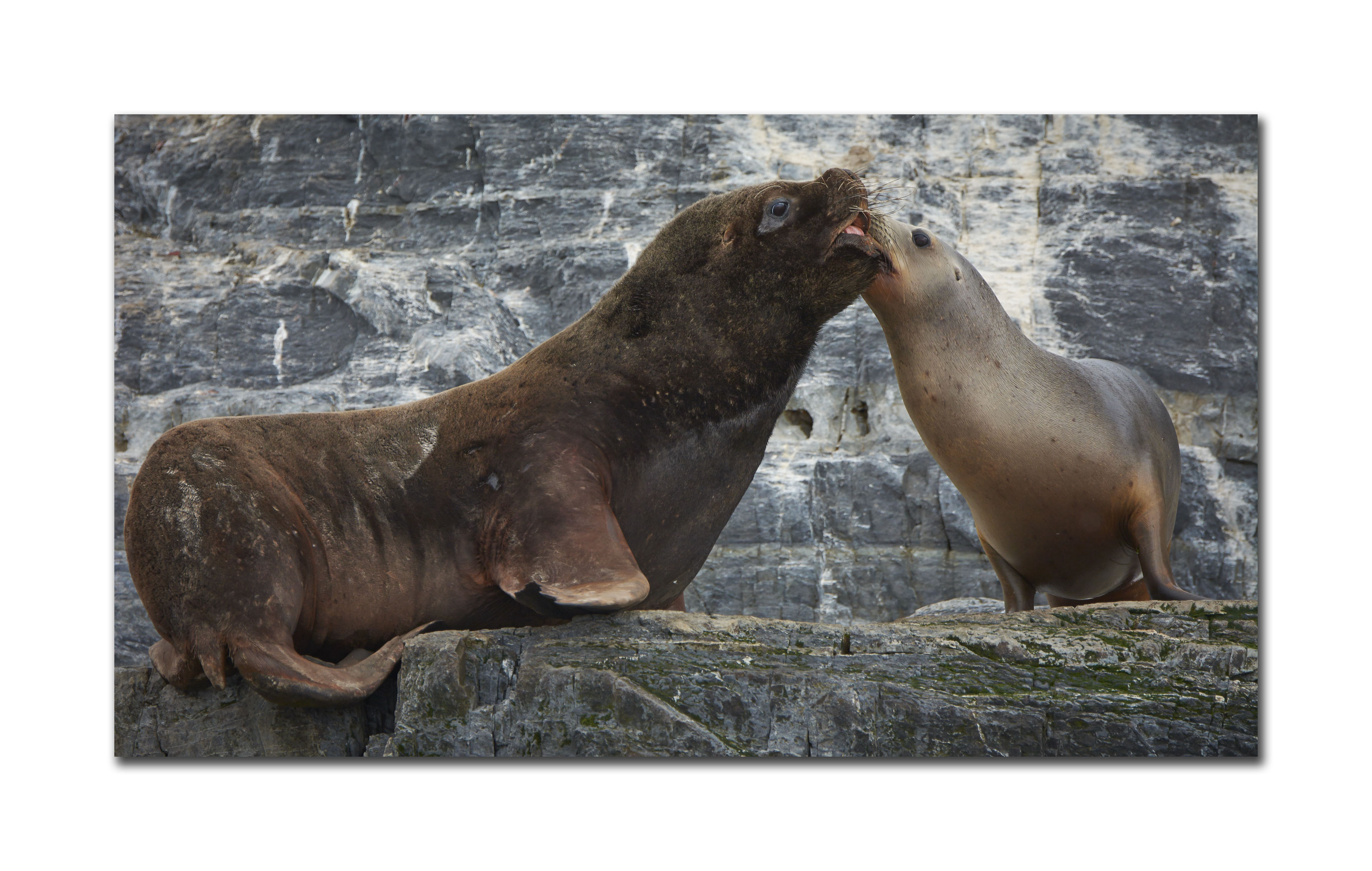
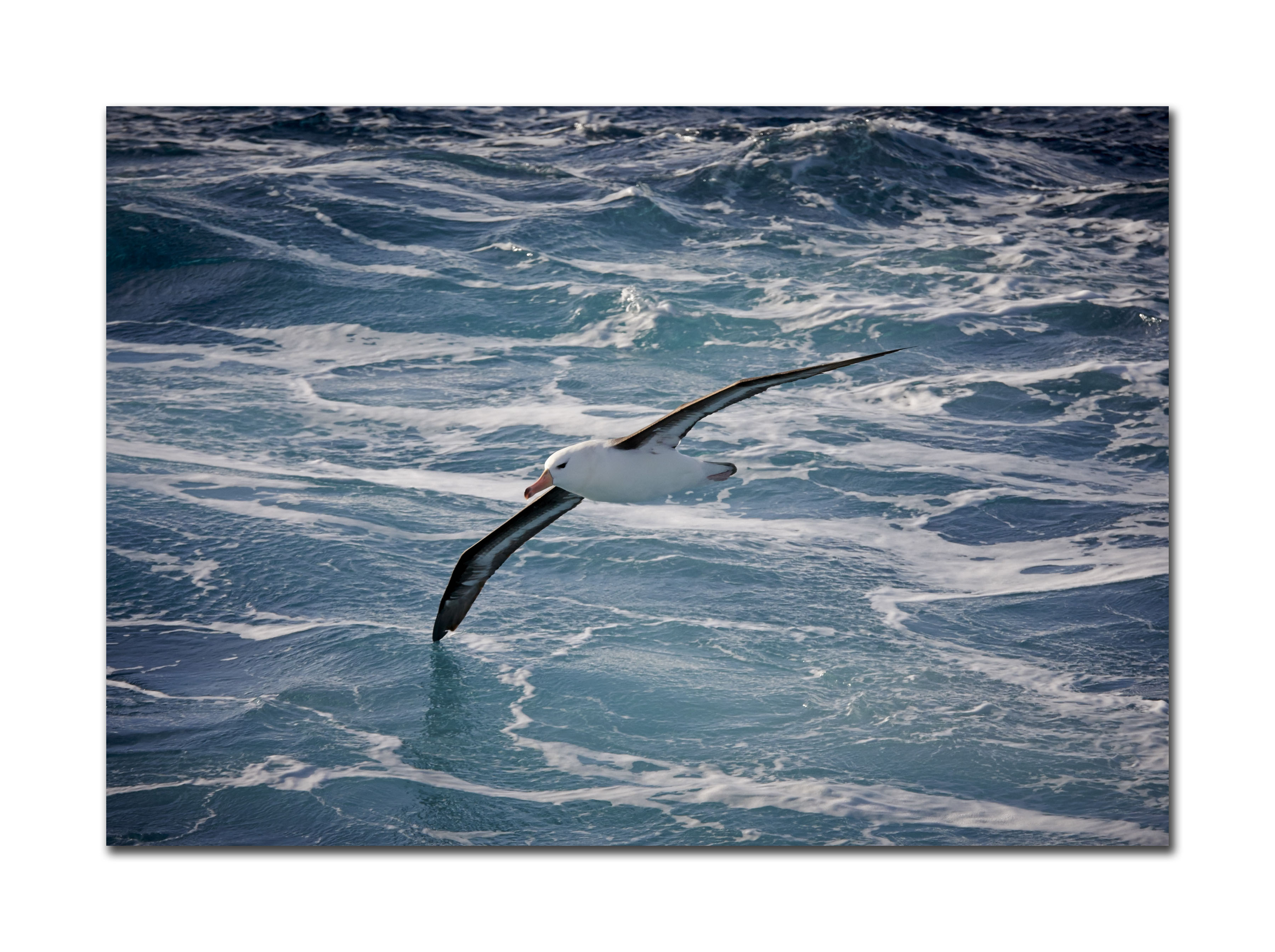
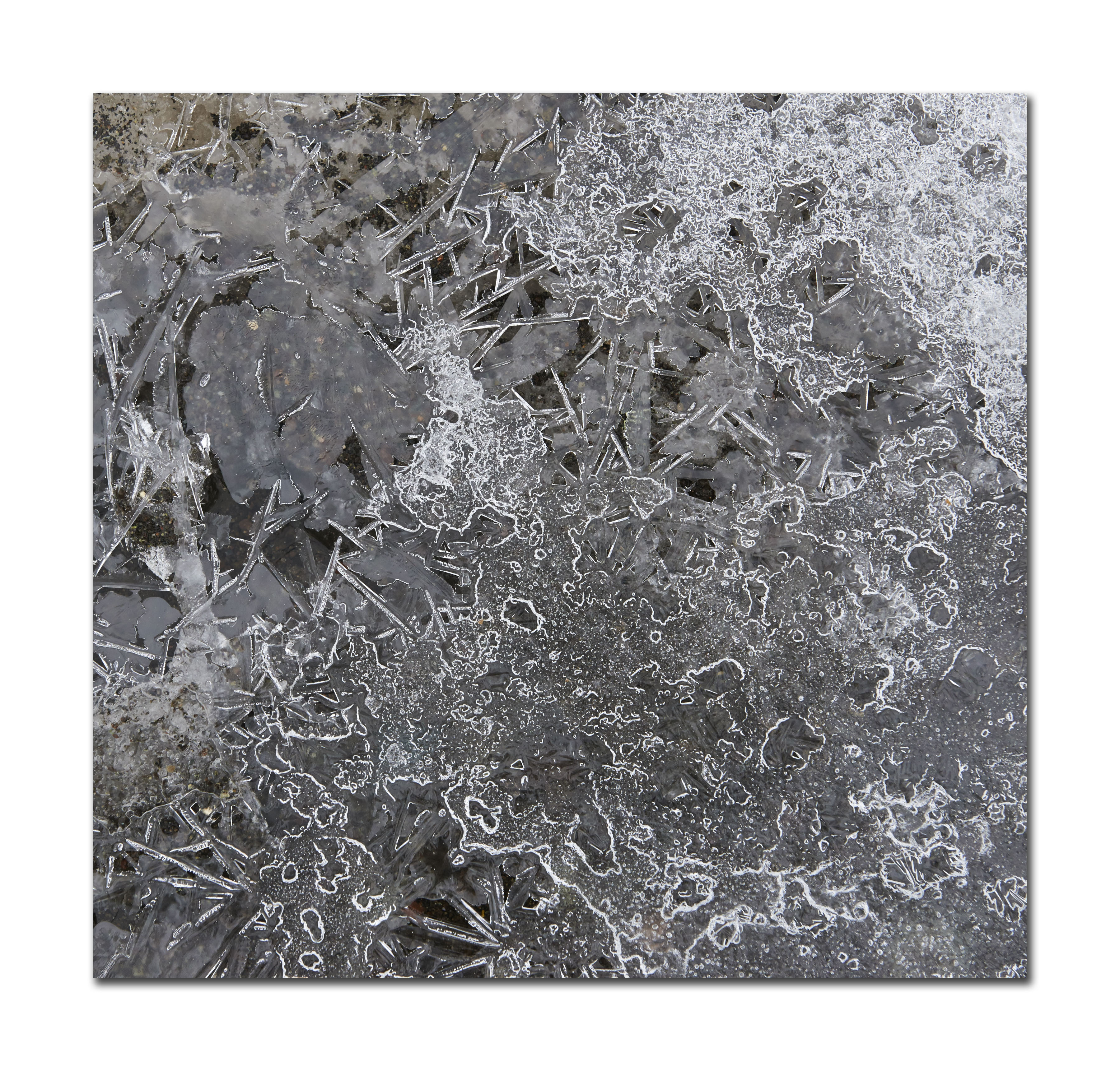
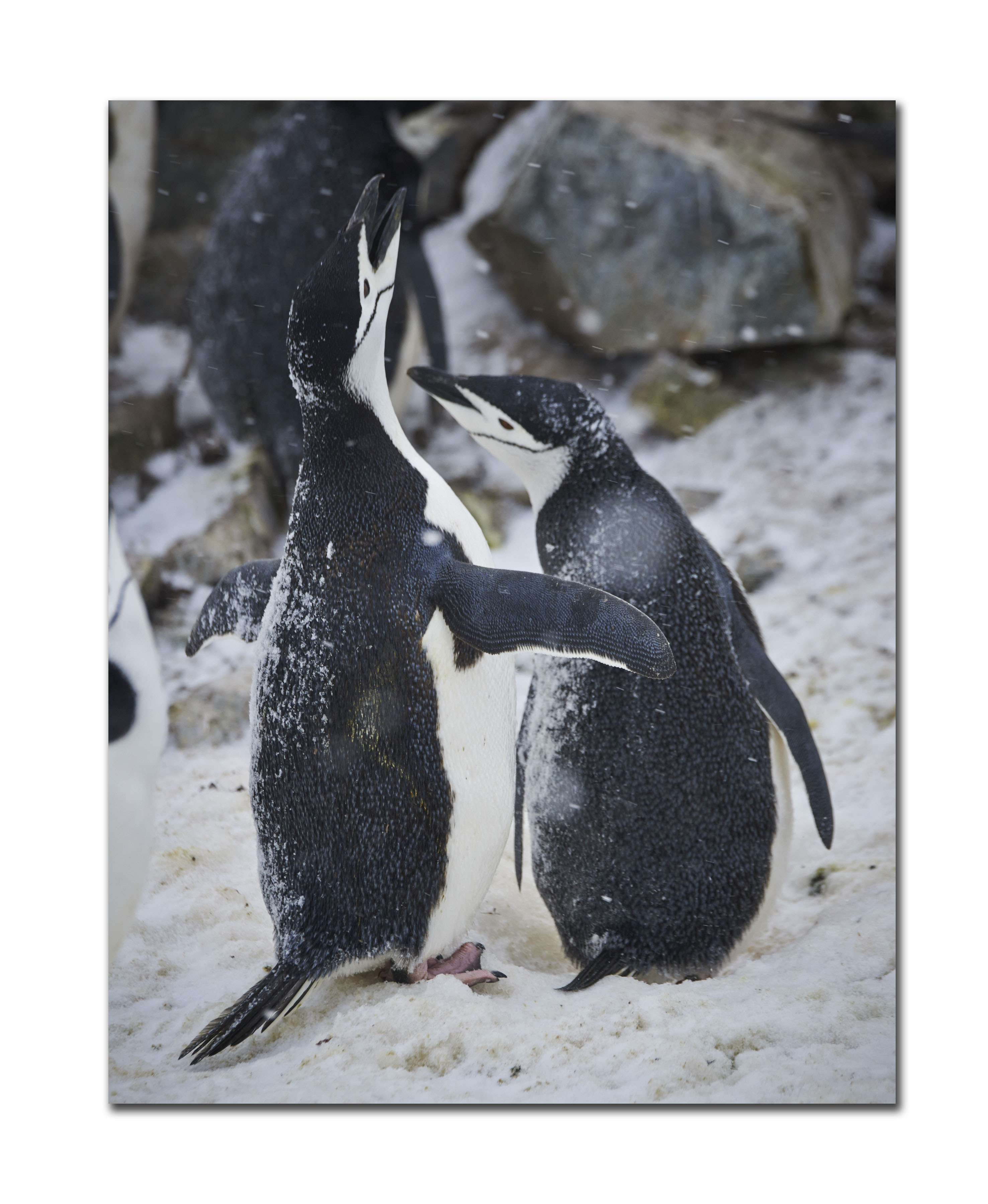
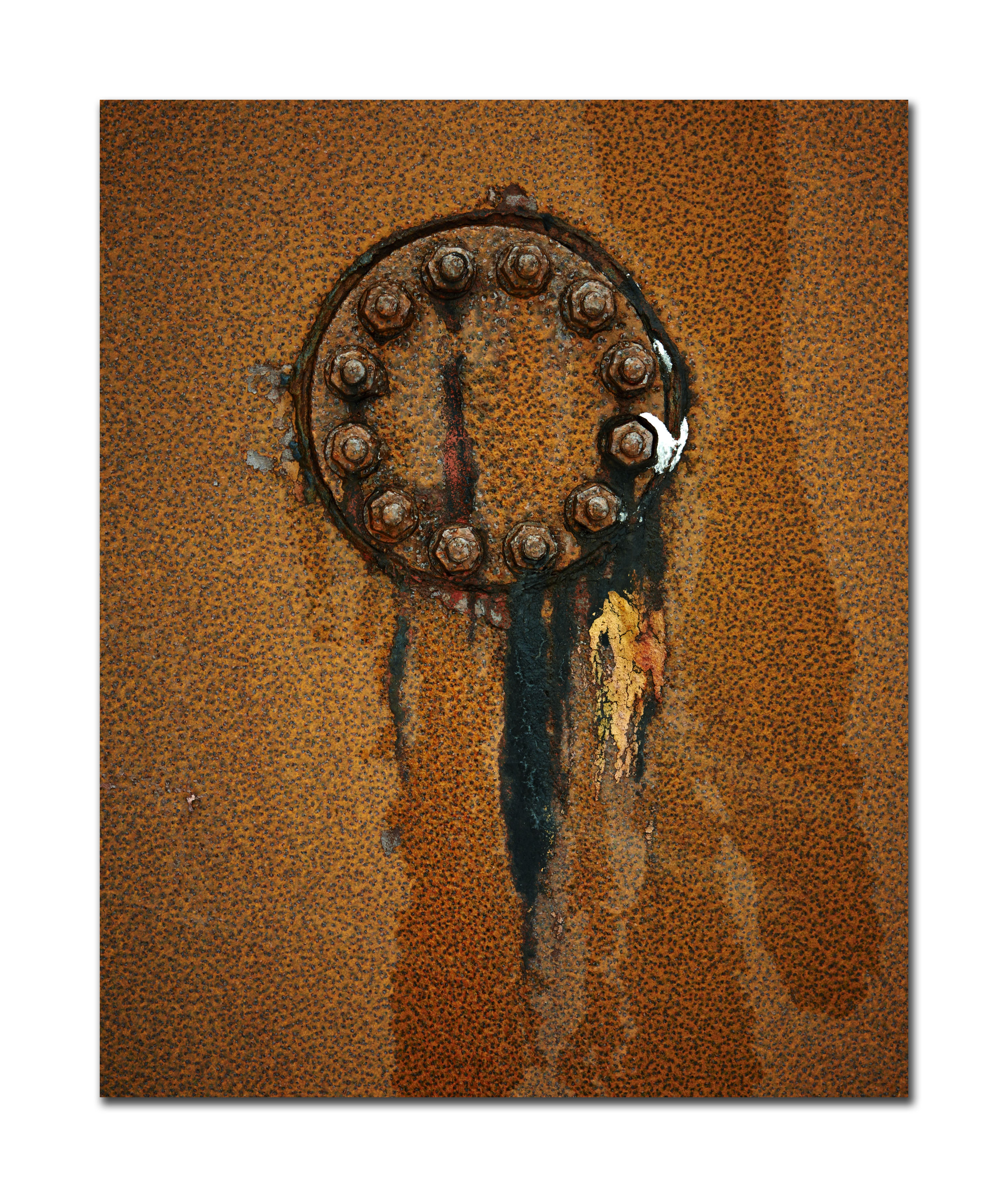
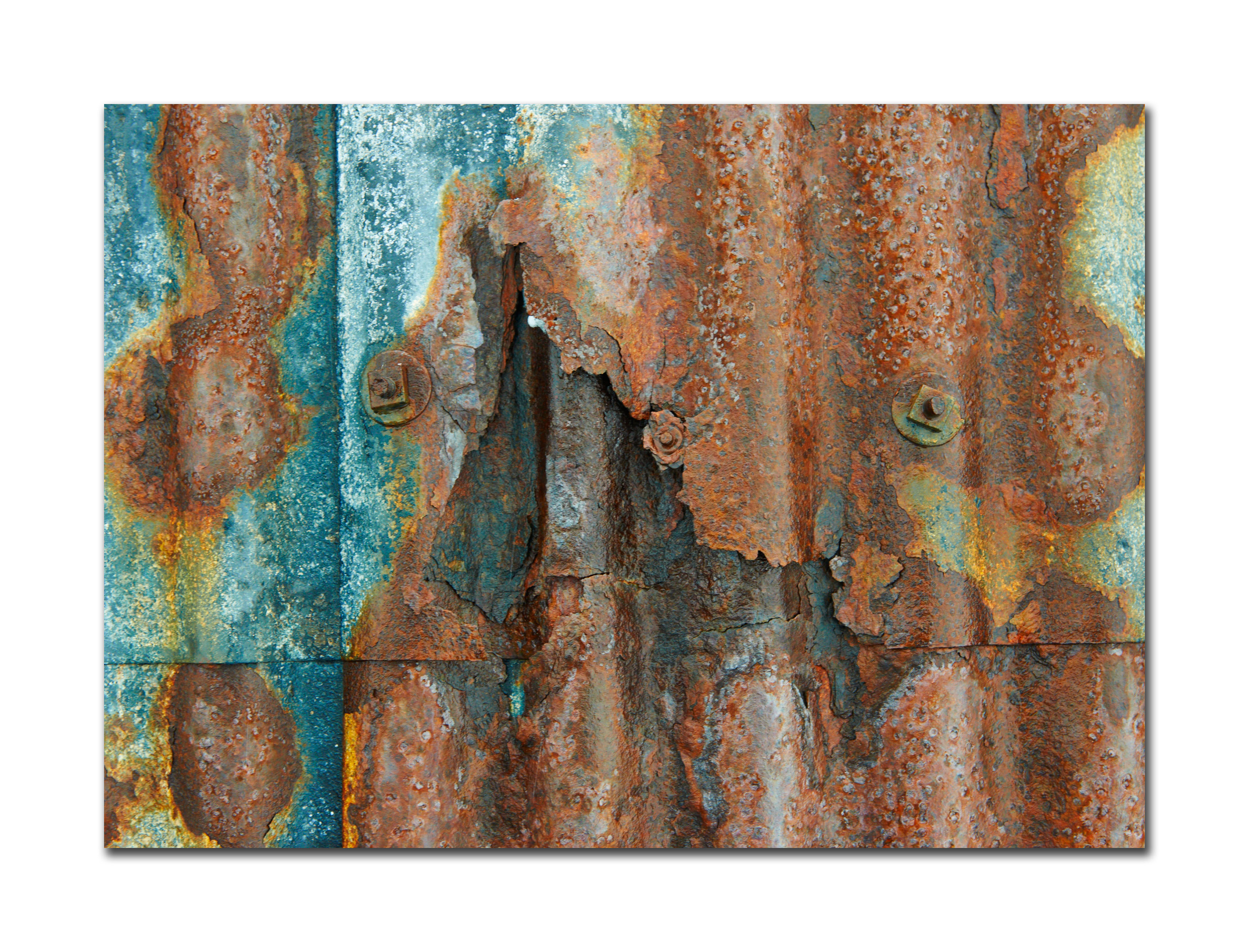

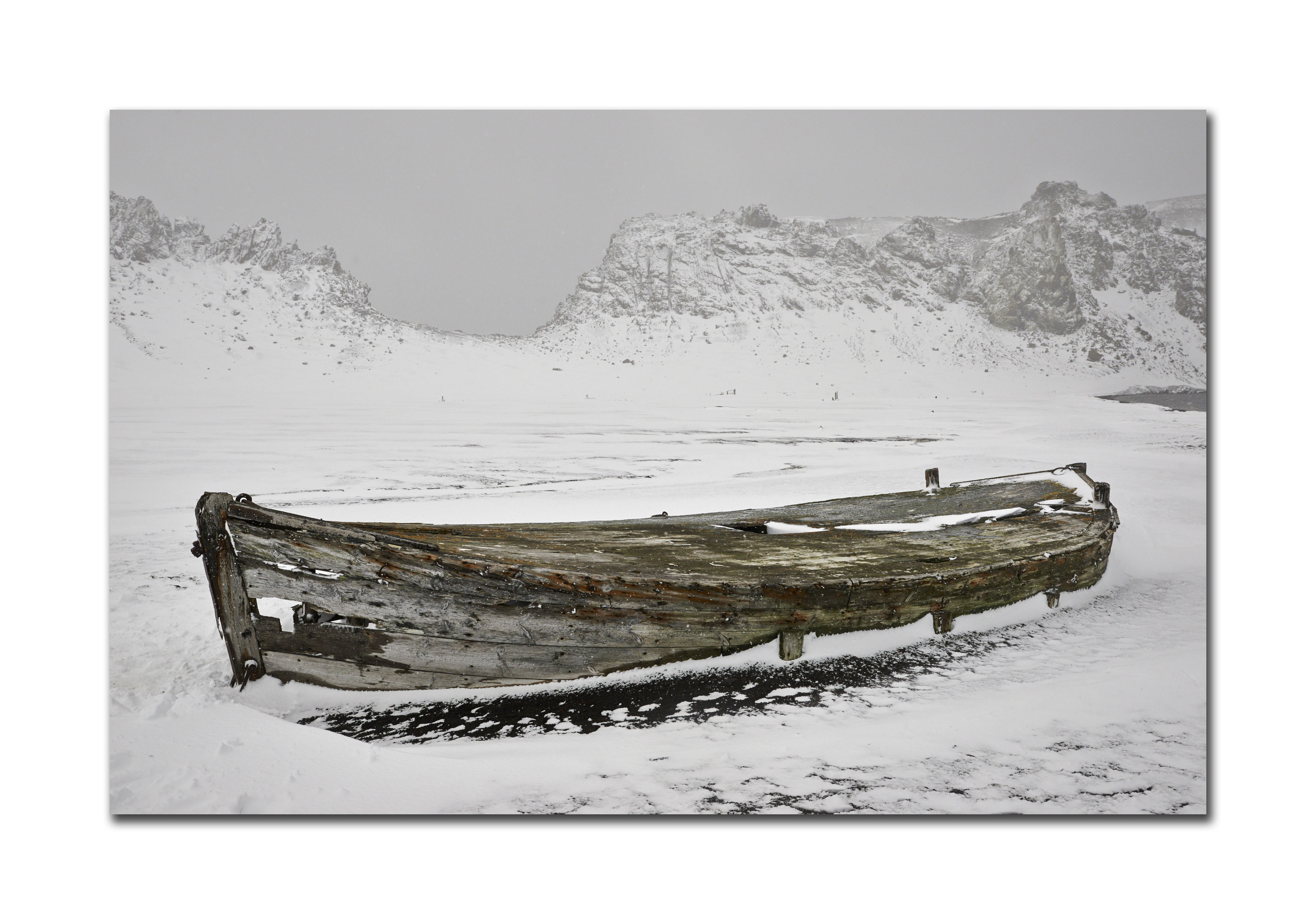
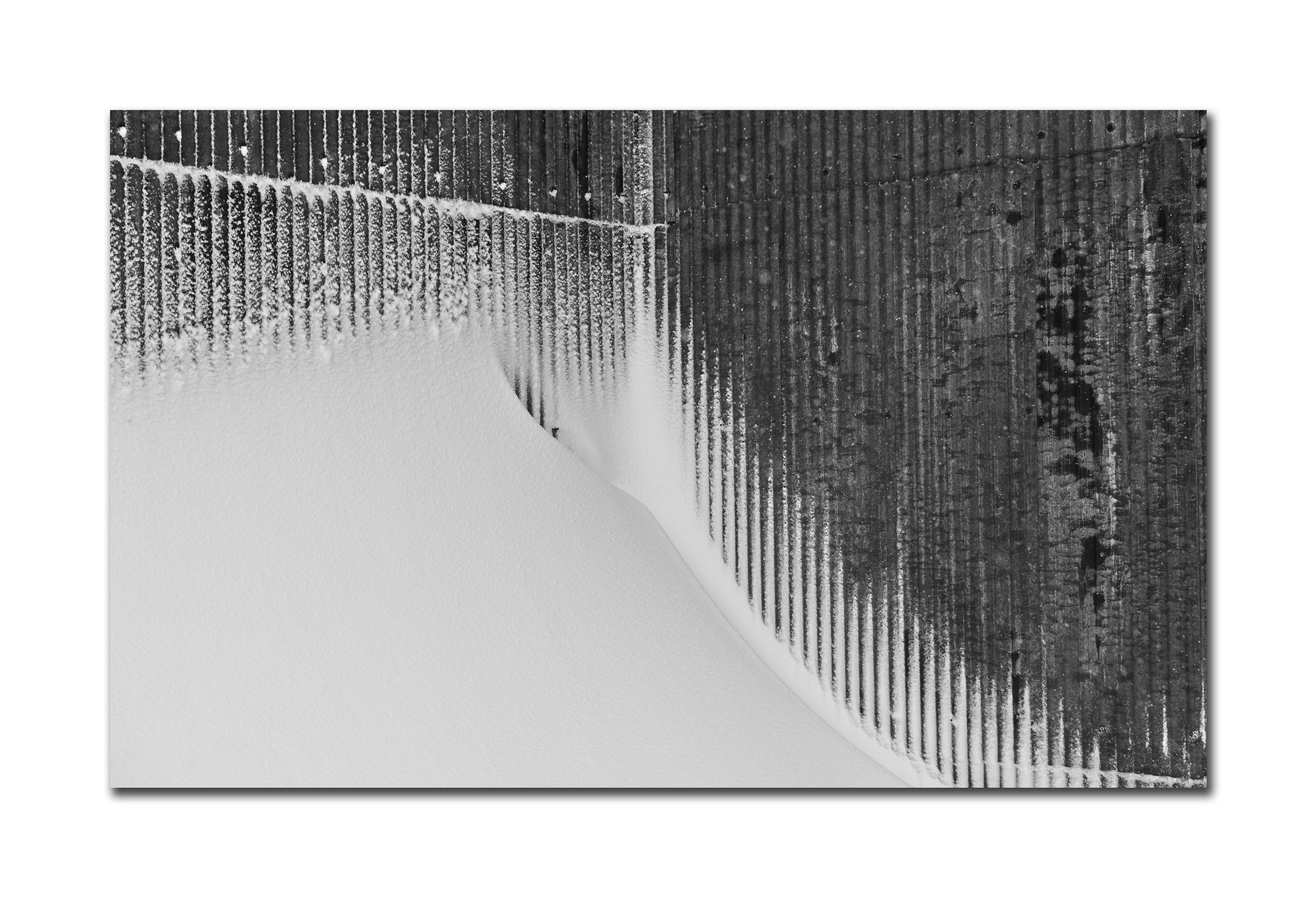
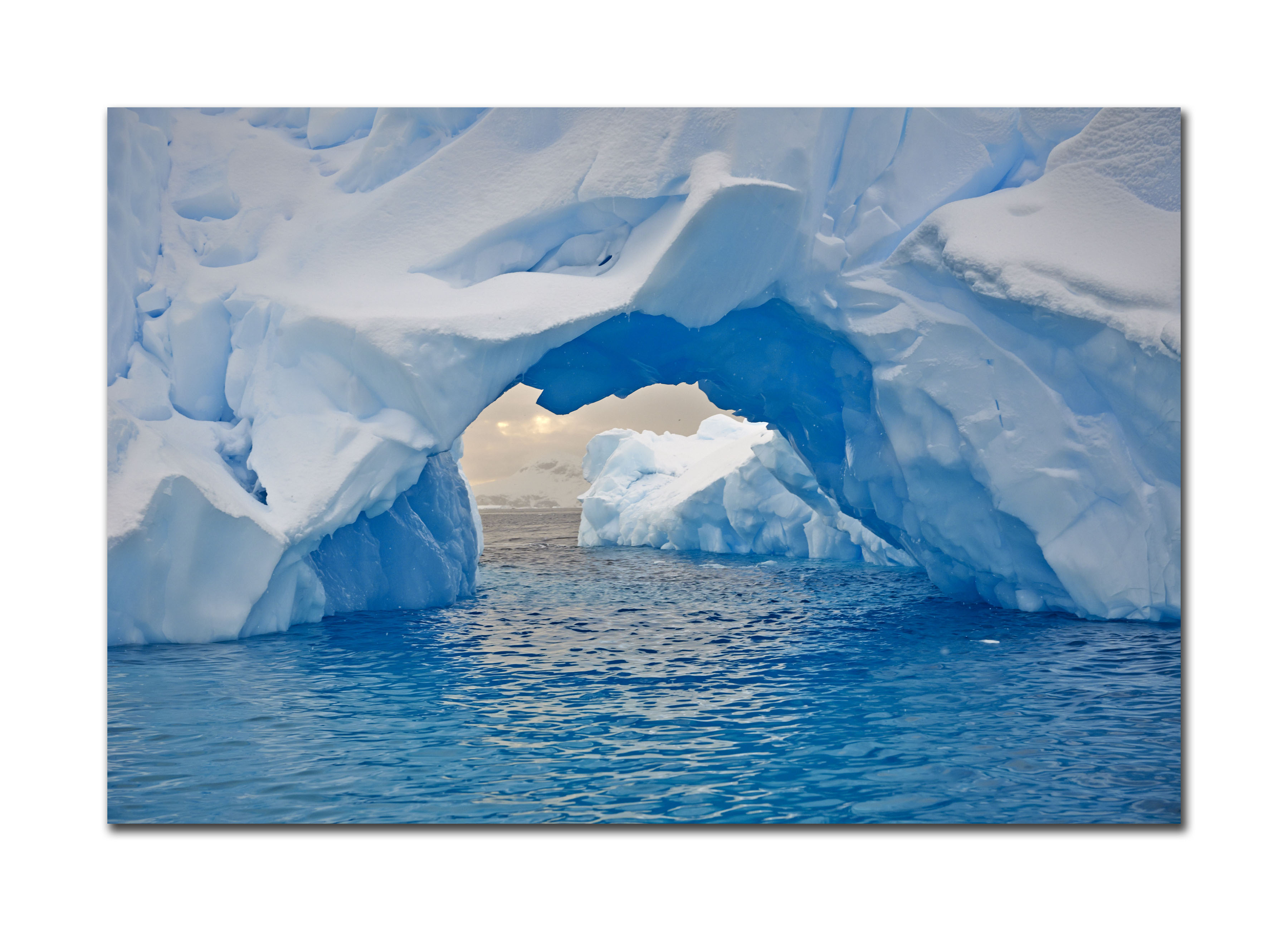
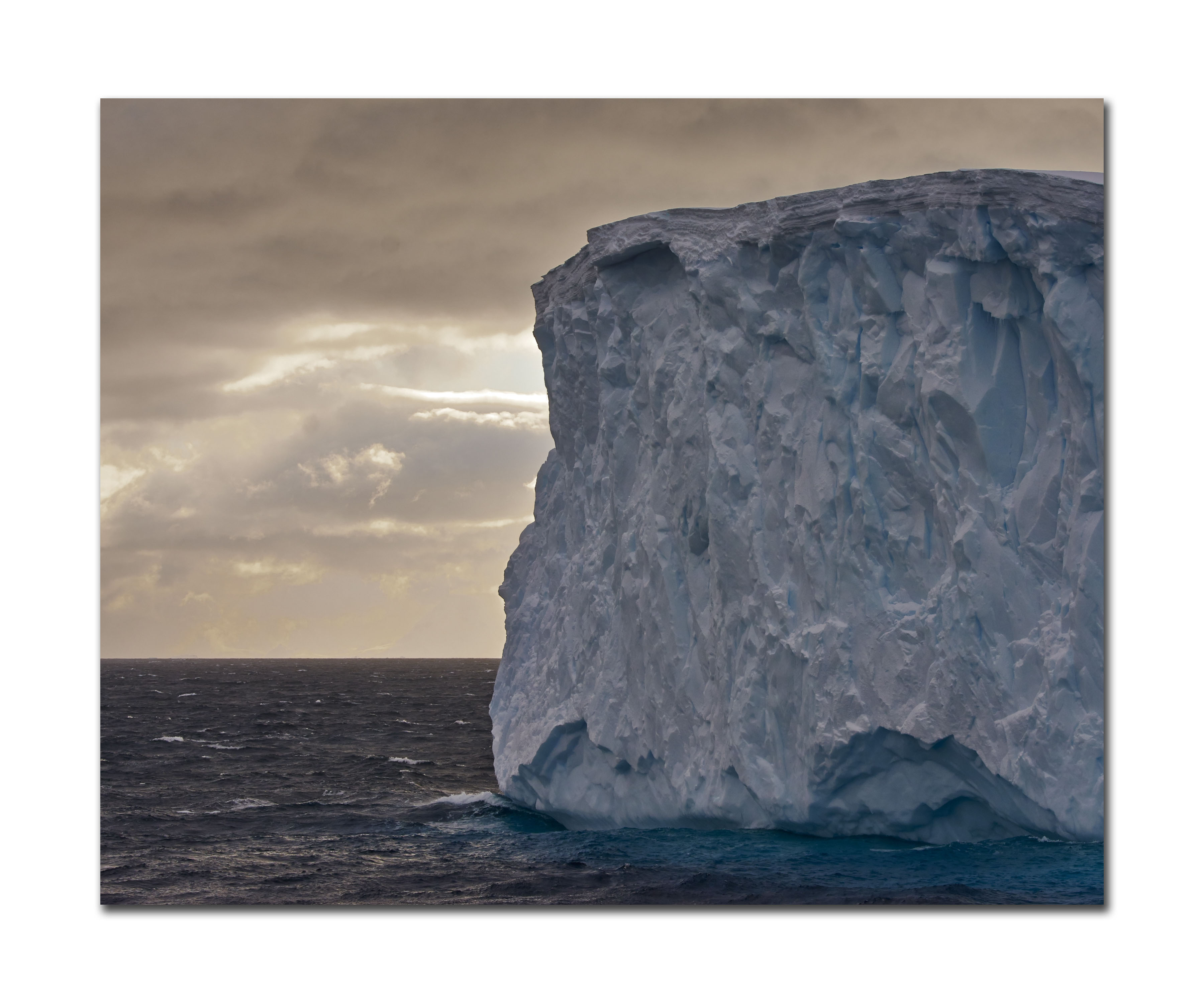

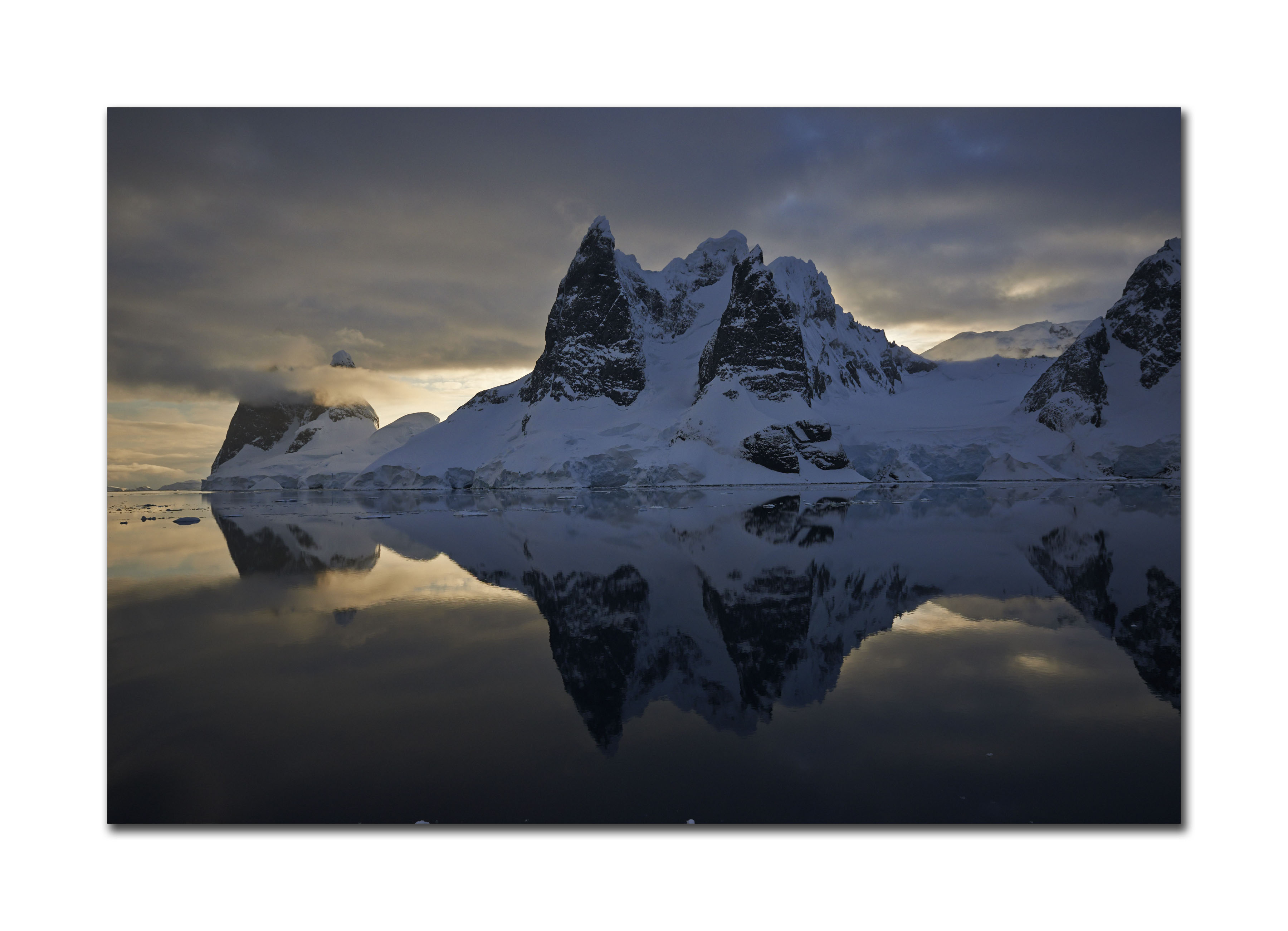


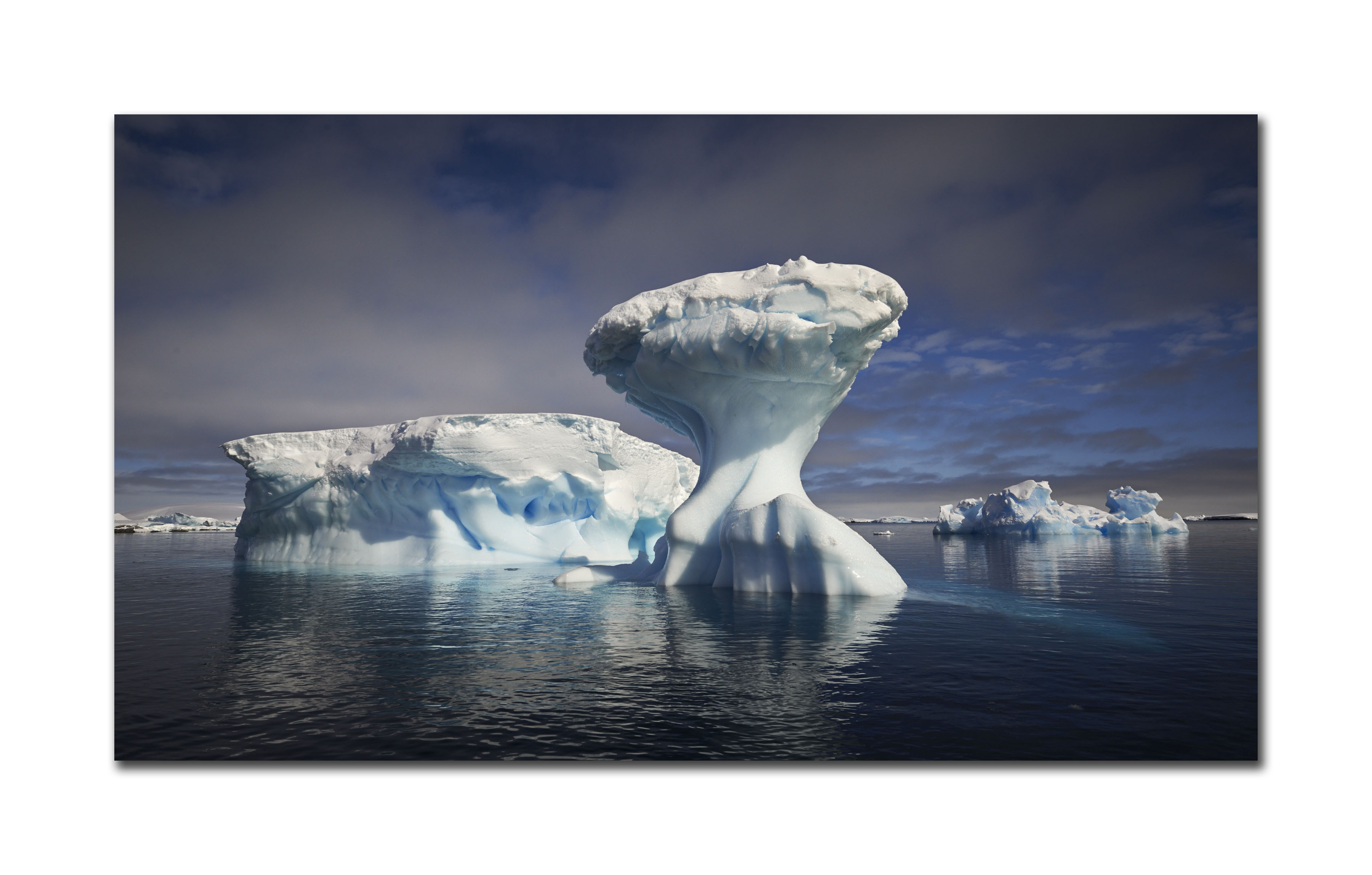
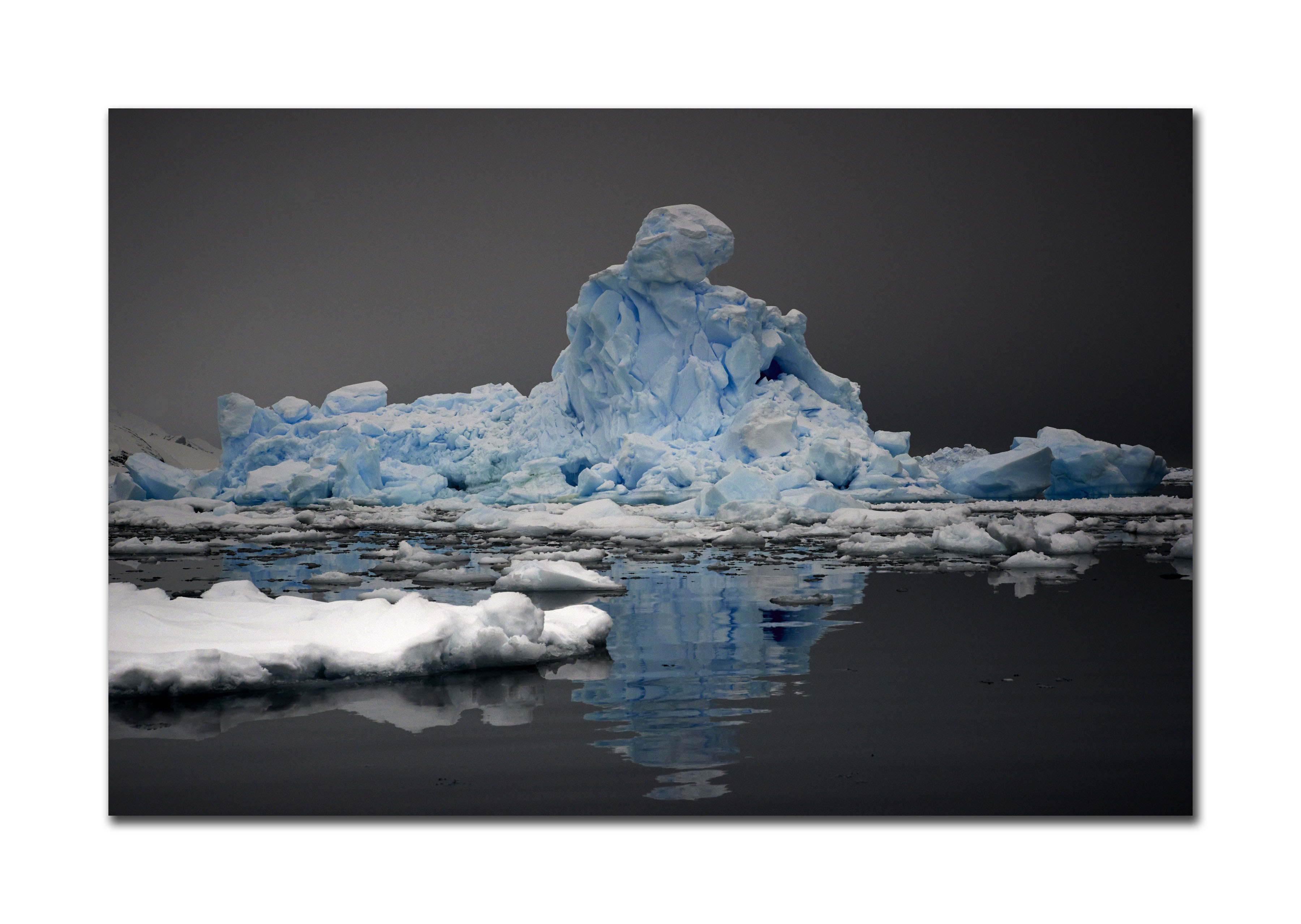
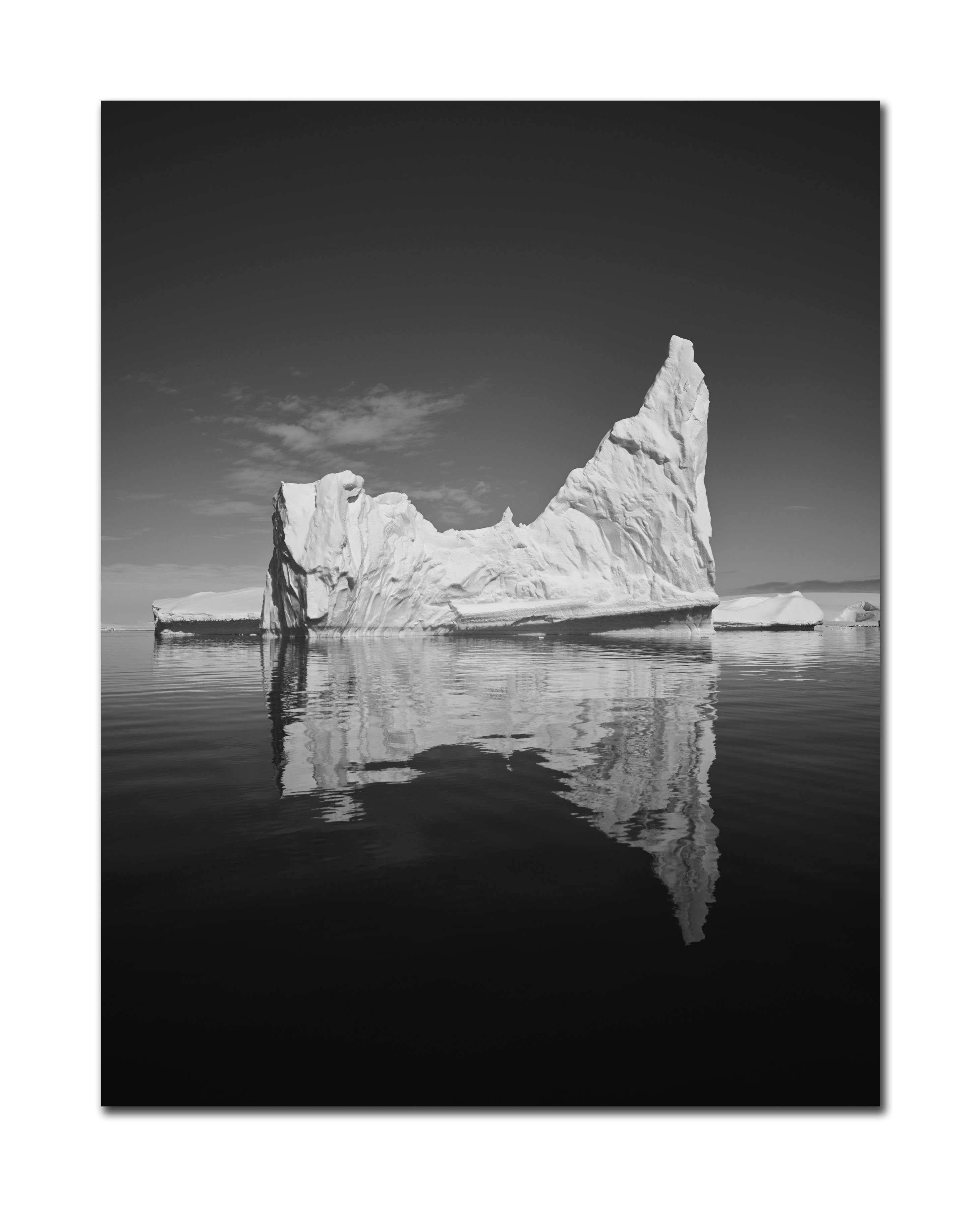
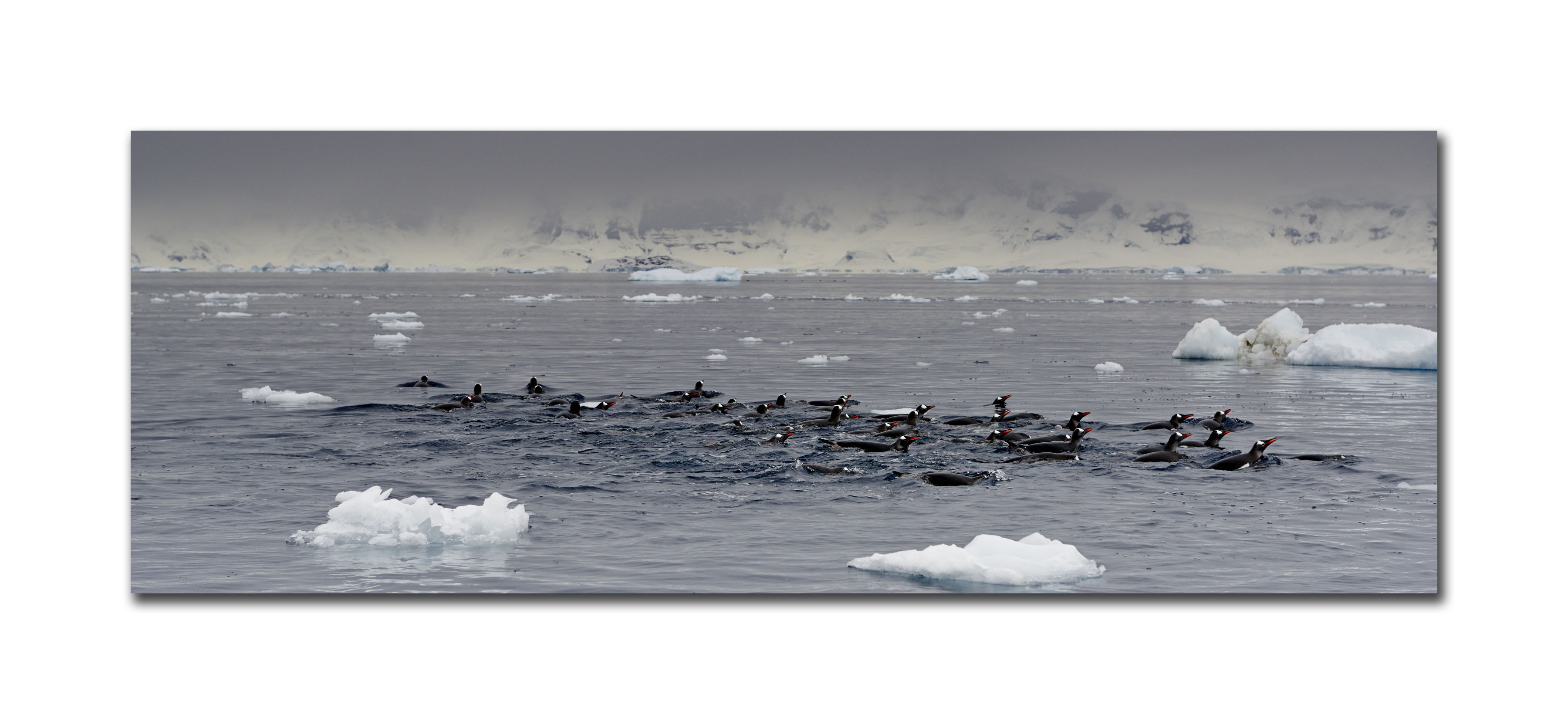

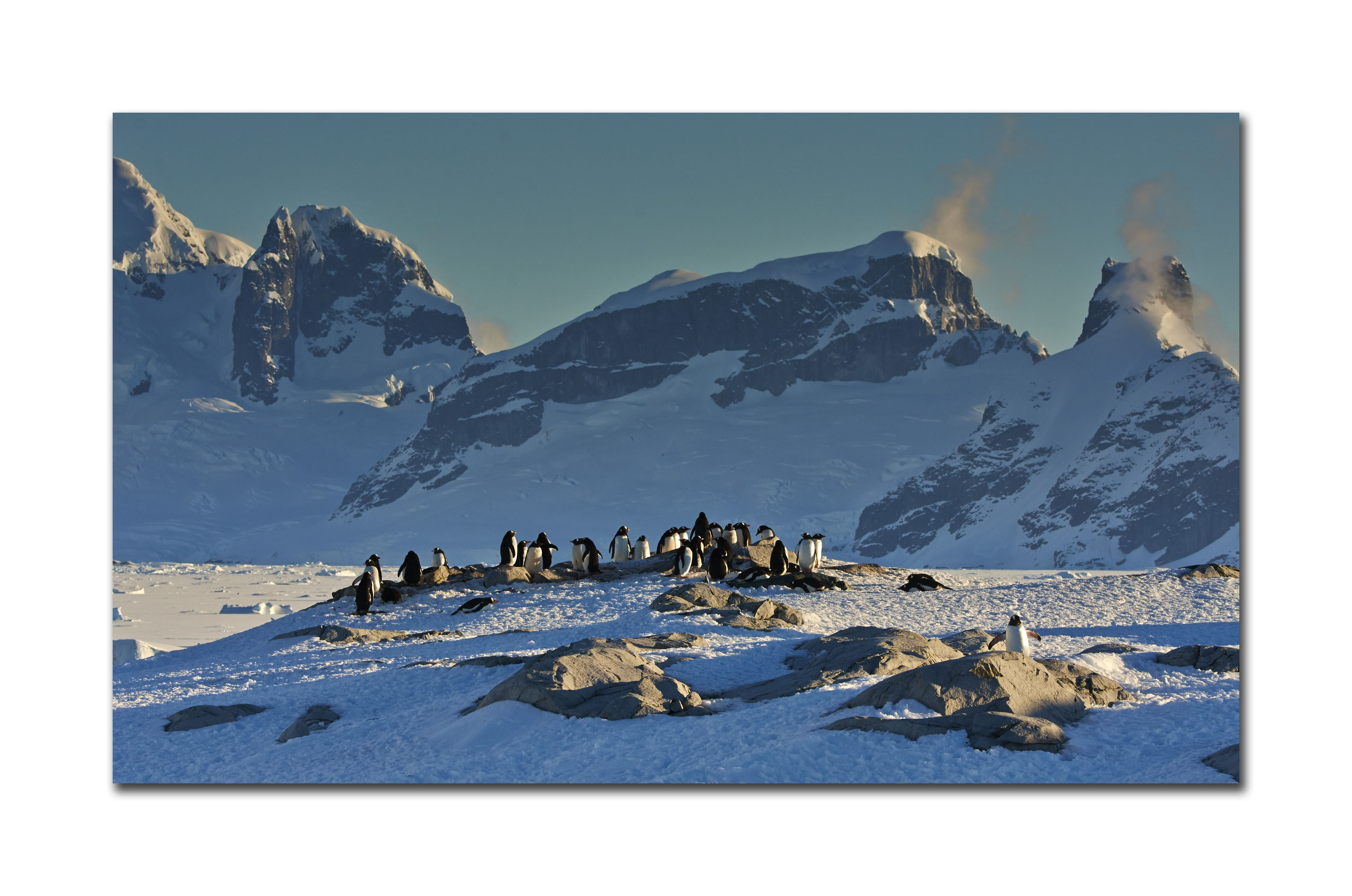
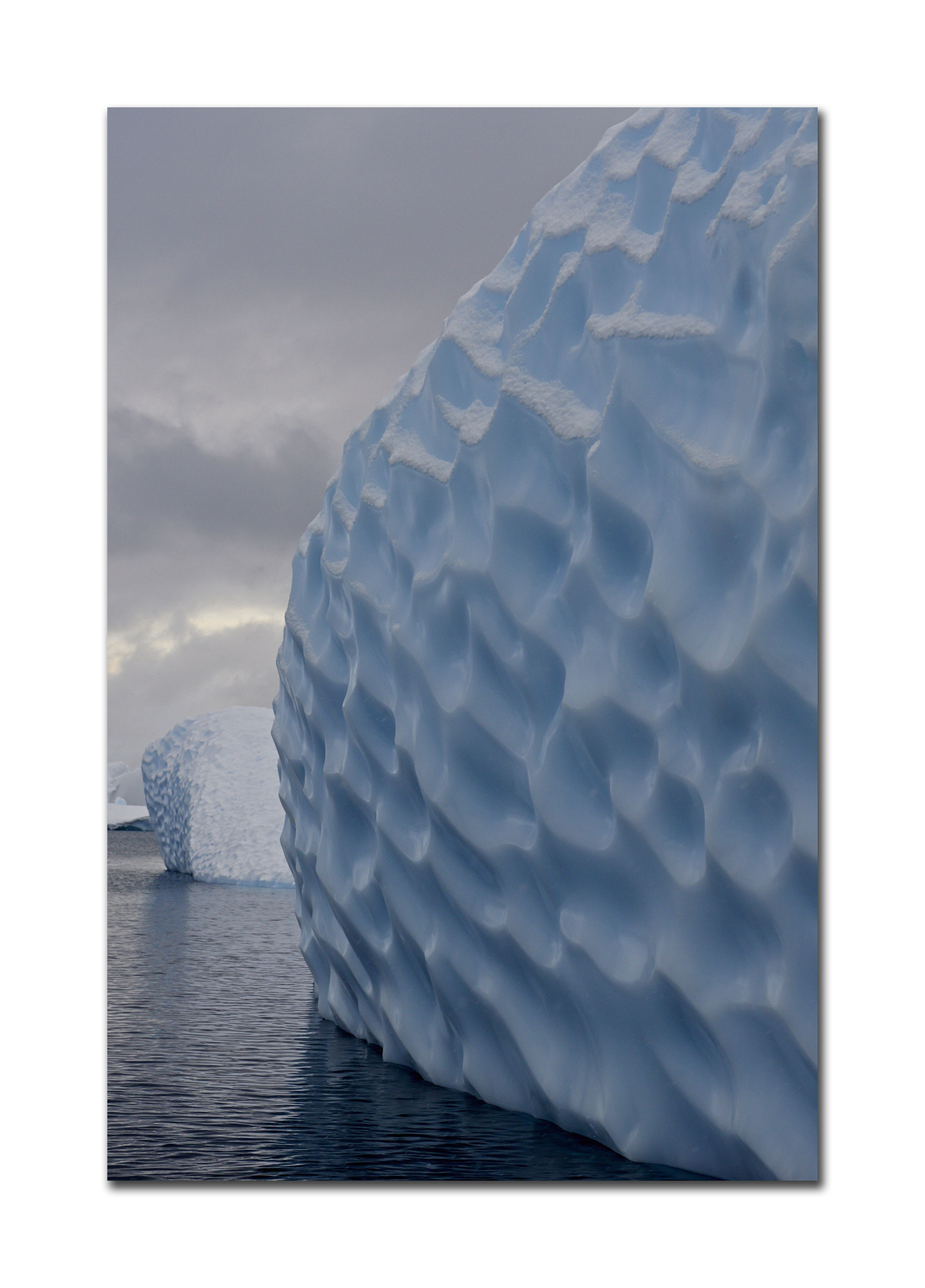

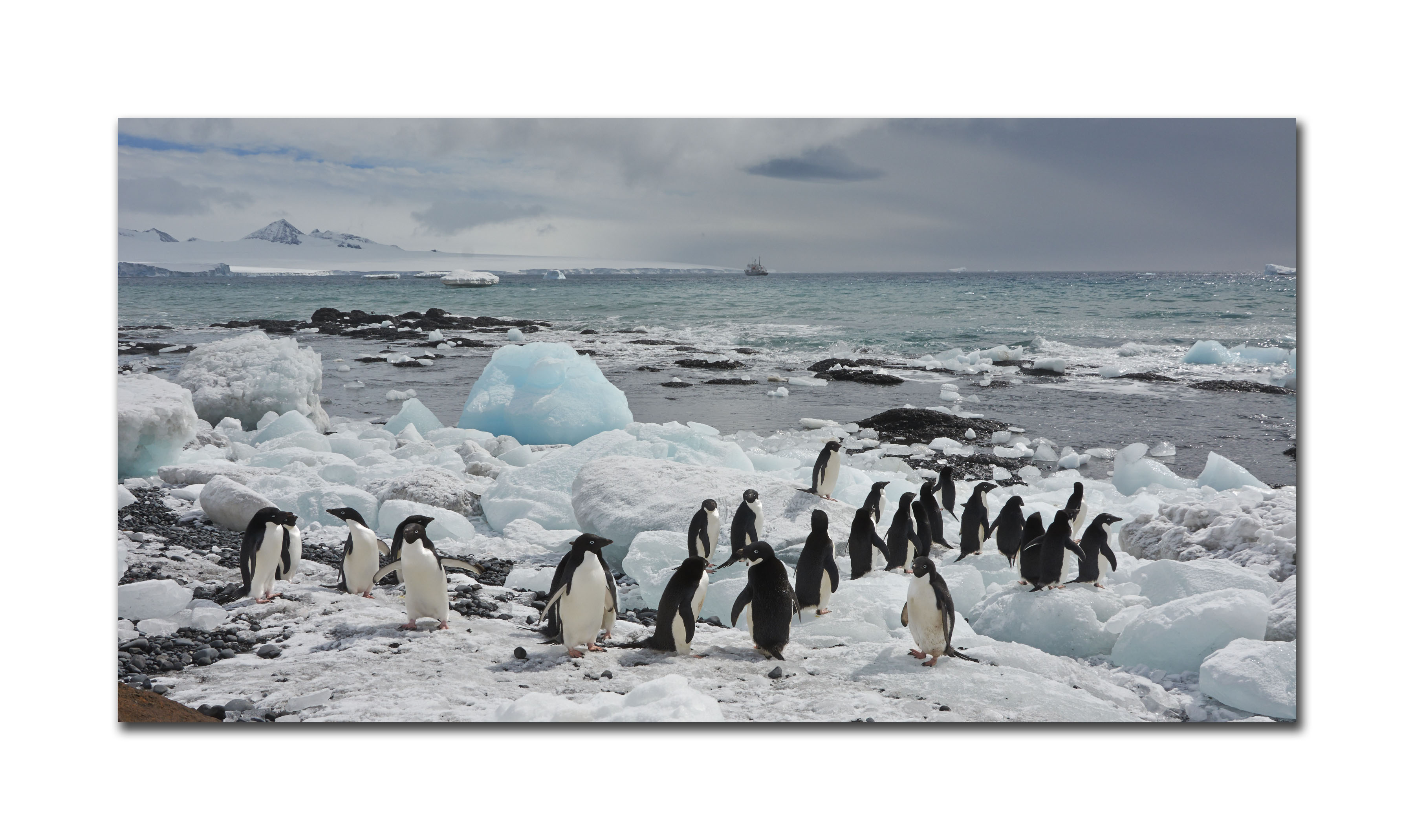
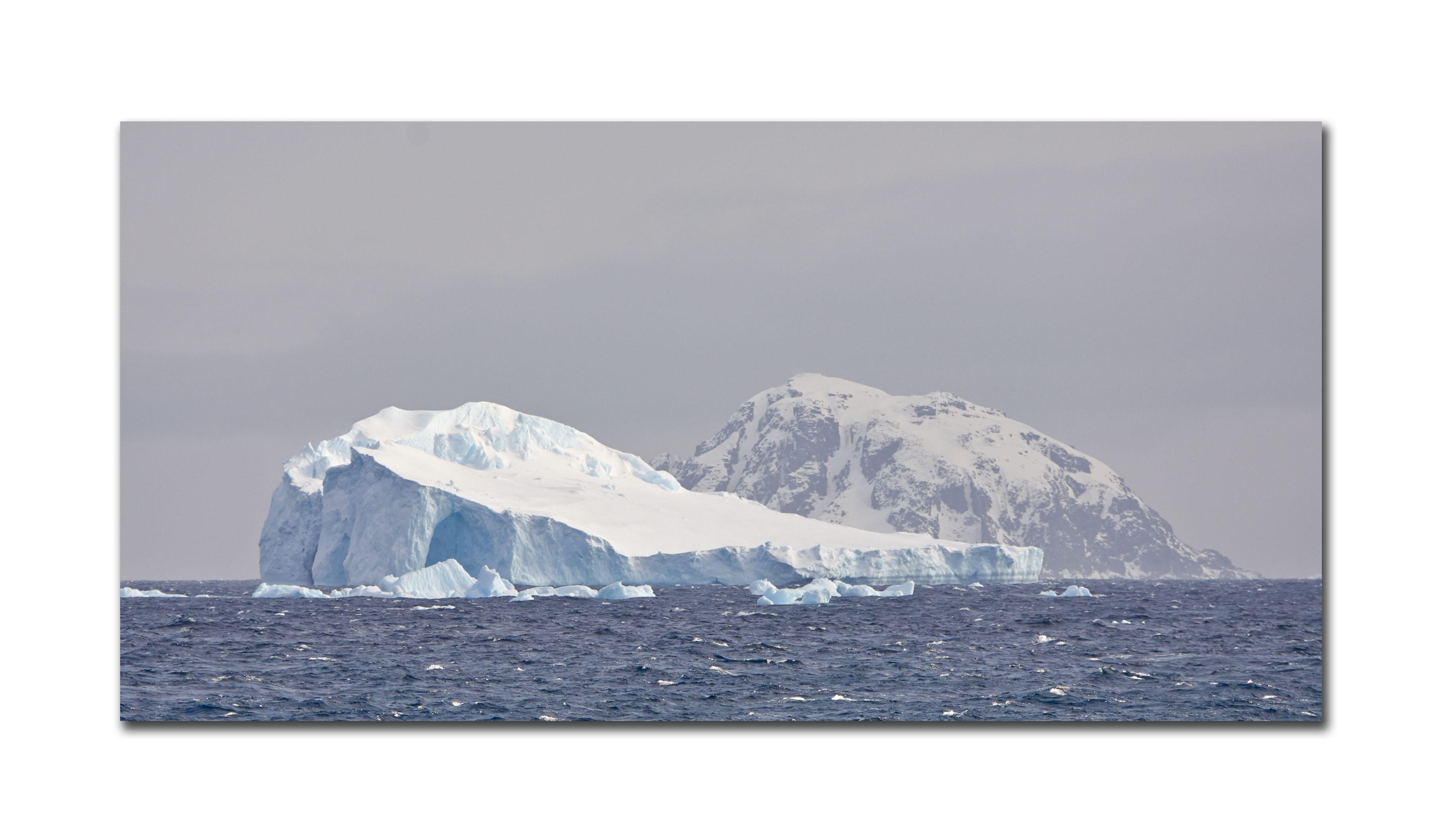
In the Navy, the best that can be said about an action is “Well Done.” Well Done, Kevin
[…] at the Luminous Landscape who was a participant on this expedition (and also has written his own Trip Report) as a representative of medium format camera manufacturer Phase One called it ‘One of the […]